As you may have noticed, there are a lot of bodybuilding articles on the internet. In pretty much all of these articles, the writer will assume that the reader has a basic understanding of the body’s major muscle groups. Indeed, this is usually a safe assumption, since most fitness enthusiasts are well-acquainted with that knowledge.
This article is intended for those of you who are still a little confused about the whole thing. Your muscles are like your tools, and you need to be familiar with them. We will take a brief look at each major muscle group and present some exercises that you can use for their development.
View this post on Instagram
Arm Muscles
Let’s begin with a look at the muscles of the arm. These will include the deltoids, biceps, triceps, and forearms.
Deltoids
The deltoids are your shoulder muscles. They are technically divided into three different muscles, but all of them do more or less the same job. The shoulder muscles are essential when it comes to any motion that involves raising your arms upward. These muscles also play a significant role in rotational movements, as these nearly always start at the shoulder.
One of the best deltoid exercises is the overhead press. This exercise could not be more simple. You hold a barbell in front of you with palms down. Then, you thrust your arms straight up, stopping when the barbell is held as high as possible. The main thing to remember here is the importance of linear movement. Everything should go straight up and down.
Biceps
The biceps are the muscles that everyone wants. These impressive muscles play an important role in the extension and contraction of the arms, as they are heavily used each time you bend the arms. Interestingly, this is a muscle that can have anywhere from two to seven heads.
One great exercise for the biceps is the classic bicep curl. This exercise is a tried and true method for developing those big guns. Just make sure that you stand up straight and refrain from using your other muscles to cheat.
Triceps
The triceps are also very important for those who want big and impressive guns. They are the backside of your biceps, and they are used for very similar motions. Like the bicep, you exert this muscle during flexion and extension of the arm. This muscle is particularly important for rapid extensions and contractions such as those experienced when playing tennis.
To exercise your triceps, we recommend the French press. This exercise is an absolute triceps torcher. You might even want to be a little careful because it’s easy to overdo it with this one. Make sure that you bring the bar all the way down to your neck with each rep.
Forearms
The forearm muscles include everything from the elbow to the hand. Everyone wants to have those big Popeye forearms, and there are several benefits of having muscular forearms. Mainly, these muscles will give you a stronger grip with more endurance, although evidence suggests that posture will also play a role in this.
For a great forearm exercise, try using chin-ups. Pull-ups might also be a good idea, as both of these exercises force you to hold your entire body weight with your hands. This forces your grip to become stronger.
View this post on Instagram
Leg Muscles
Now let’s look at the muscles of the legs. These will include the quads, hamstrings, and calves.
Quads
The quadriceps are a group of muscles located on the front part of the upper legs. Those big leg muscles are the primary drivers of human bipedal movement. You use your quads when running, walking, jumping, or squatting. Without this muscle, you would not be able to control the extension of your legs, and every step would come down at the speed of gravity.
One of the best quad exercises is the good, old-fashioned squat. As we mentioned, the quads are mainly used for the extension and contraction of the legs, making squats an ideal exercise for this muscle. There are tons of different variations, so experiment a little bit and find the versions you prefer.
Hamstrings
The hamstrings are three different muscles located on the backside of your upper leg. These are the backsides of your quads, and they complement the actions of the quads. All of these muscles are involved in the extension and contraction of the legs. However, the hamstrings play a more significant role in explosive motions like sprinting.
One great exercise for the hamstrings would be the deadlift. While this exercise is also done to increase the size of the back muscles, it also gives a great hamstring workout. As with the squat, you have a near-infinite number of variations here. If you don’t like deadlifts, running and jumping exercises are a good alternative.
Calves
This muscle group consists of several sections, of which the gastrocnemius is the largest. These muscles mainly govern the workings of the ankle and lower knee. Thus, they are just as important as any other part of the leg. Some would say that these muscles are like the foundation on which the rest of your body is built. At the very least, there is no doubt that they are important for locomotion.
View this post on Instagram
Front Torso Muscles
For purposes of convenience, we have lumped the chest and abs into a single category. This section will cover pectorals, abdominals, and obliques.
Pectorals
The pectorals are the two big muscles of your chest. These are some of the muscles that confer the greatest amount of bragging rights when they are good and ripped. You use these muscles for any motion that involves spreading the arms and (to a lesser extent) for many movements of the shoulder and torso.
For a good pectoral exercise, try the chest fly. There are many excellent pectoral exercises, but a lot of them require expensive workout machines. For most people, the simple dumbbell chest fly will be good enough to isolate these muscles.
Abdominals
The abdominals are some of the most elusive of muscles. While every fitness enthusiast wants that well-defined “six-pack,” not a lot of people truly achieve those results. The primary purpose of the abdominal muscle is to reinforce the spine and provide it with a means of controlled flexion.
There are a lot of great ab exercises. In the past, most people used some variation of the sit-up. However, sit-ups have fallen out of favor due to their high level of spine compression. Thus, we recommend two exercises for the abs: The plank and the leg lift. Both of these exercises have numerous variations and provide an excellent ab burn without the strain on your back. Whichever you choose, try to keep your abs tight and flexed throughout the entire motion of the exercise.
Obliques
The external obliques are the two big muscles on either side of your torso. These are some of the longest and largest of the body’s muscles. They are involved in many different motions. Mainly, you use these muscles for lateral twisting of the trunk. Every time you twist around to look behind you while backing up your car, these are the muscles you use. The obliques also act as stabilizers, keeping the spine and ribs in proper alignment.
To isolate these muscles, you can use oblique floor twists. This exercise is perhaps one of the simplest that we have ever seen. You sit on the floor and hold an object with both hands. It can be a weight, or maybe just a rubber ball. Using that object as an index point, you twist your trunk left and right. Proper flexing of the muscle is essential here, as these muscles can be hard to isolate. The barbell twist is another great one to have in your toolbox.
View this post on Instagram
Back Torso Muscles:
Finally, we get to the often-neglected muscles of the back. This section will include lats, rhomboids, and traps.
Lats
The latissimus dorsi muscles (called “lats” for short) are some of the most massive muscles in your back. When you develop them to their maximum, they make you look like you’ve got wings of pure muscle grafted to your back. These muscles are located on either side of the spine at about the mid-point of the back. You mainly use these muscles for movements of the upper arm. However, they also play a role in the straightening and bending of the spine.
When looking to develop your lats, try some renegade rows. These are easy exercises that do an excellent job of working your lats. They will also work your quads and several other muscle groups at the same time. To do this exercise, get in a plank position with a dumbbell in each hand. The alternate with lateral raises on either side.
Rhomboids
The rhomboid muscles are what you might call structural reinforcement. Their primary purpose is to connect the shoulder blades (scapulae) with the ribcage. Although these muscles interact in other ways, the rhomboids give them a more intimate relationship that results in better coordination. At least one study found a link between strong rhomboid muscles and a better golf swing.
To exercise your rhomboids, we recommend a prone dumbbell raise. This deceptively easy exercise involves lying on your belly with a dumbbell in each hand. The arms are extended straight forward (towards your head) with the dumbbells held vertically. Now, you raise the dumbbells upward while keeping your arms as straight as possible. It’s best to use a bench for this one. That way you won’t have to put your face against the dirty floor of the gym.
Traps
The trapezius muscle (called “traps” for short) is a broad muscle of the upper back that goes from shoulder to shoulder. Perhaps the most crucial function of this muscle is to support the neck. Together with your lats, they form a “wall of meat” that helps to keep the neck and spine straight. We can also see from the evidence that this muscle is used a lot when it comes to circular motions of the arms, especially those beginning at the shoulder.
For a good trap exercise, you couldn’t get much better than rowing. In the old days, sea captains would tell rowers to “put their backs to it” when rowing. The trapezius is the muscle about which they were talking. The traps will get an amazing burn from this type of exercise, and it can do it in many different ways. In general, you do need a rowing machine for this one, but you can do rowing exercises with dumbbells, or you can get in a boat and do some actual rowing if possible.
The Principle Of Opposing Muscles
Many people seem to think that there is only one way to correct a muscle imbalance. When one particular muscle group is disproportionately bigger than the others, you need to work those smaller muscles to bring them up to the same level. However, there is another way to take care of those annoying muscle imbalances.
Instead of concentrating on the smallest muscles, you can instead use the principle of opposition. Every muscle exerts force in some way or another. Thus, there has to always be some counterforce in order to keep everything in balance. This is why your muscles work in pairs. Each one provides an equal but opposite force. However, if you only work on one half of the pair, that counterforce will be lacking. Have you ever met big muscular people with poor body coordination? This is the reason.
Conclusion
That wraps up our summary of the body’s major muscle groups. After reading this, you should have a much better idea as to the contents of your own body and how you want to use them. We thank you for reading this article to the end, as it shows your willingness to learn. We invite you to learn even more by following us on Facebook, where we can keep you updated at all times.
The post What Are The Major Muscle Groups? appeared first on Gaspari Nutrition.

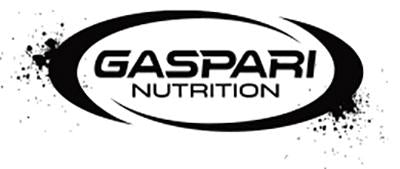
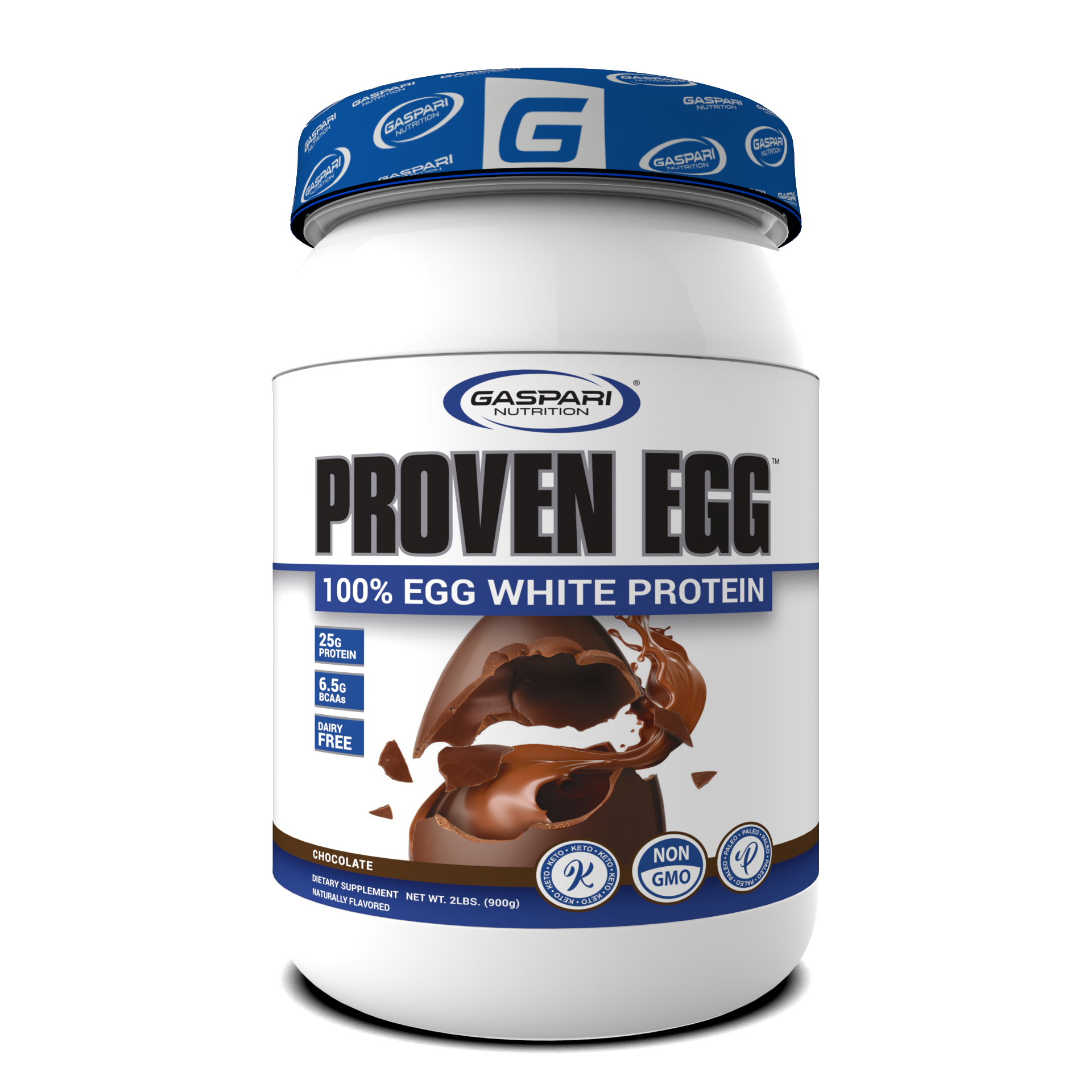




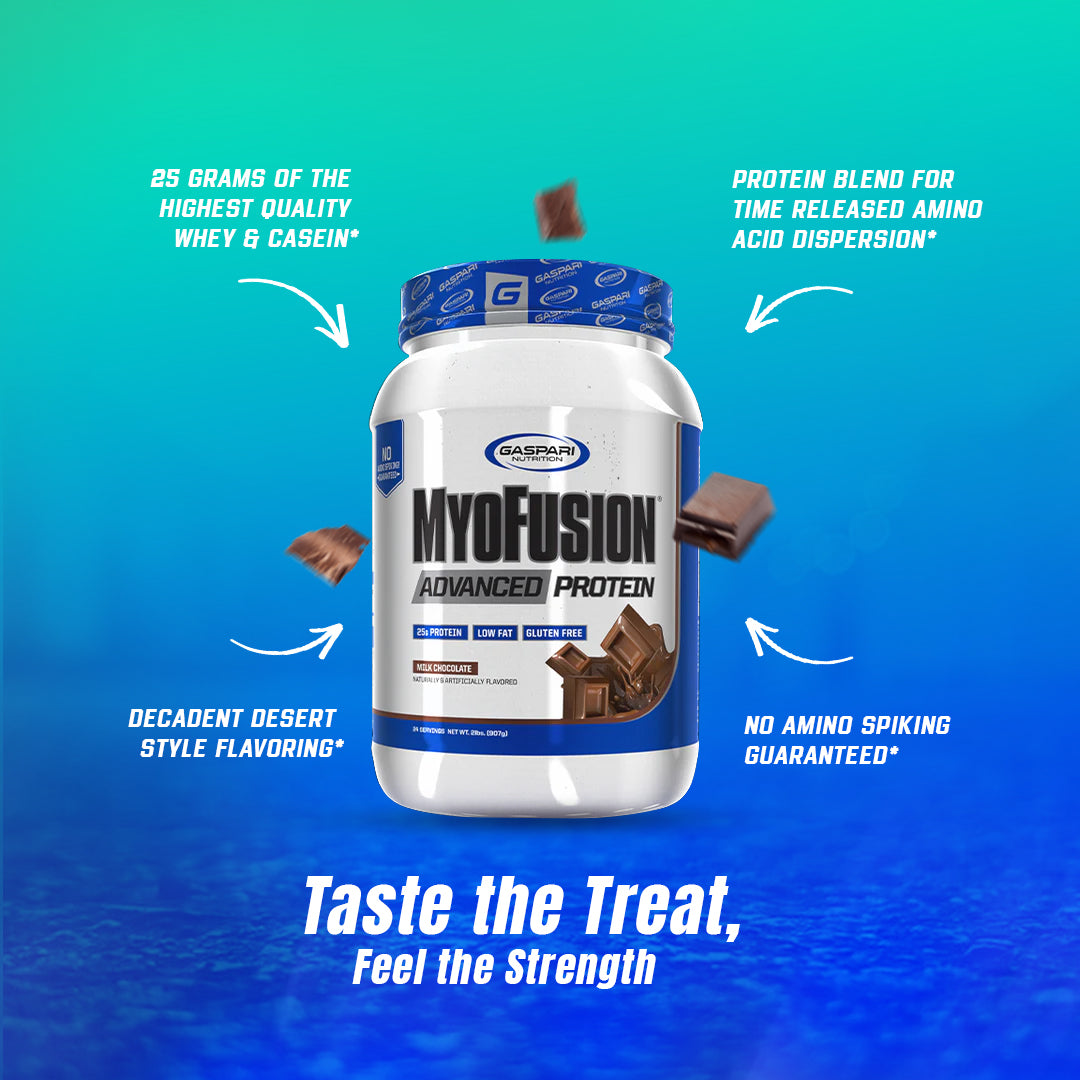

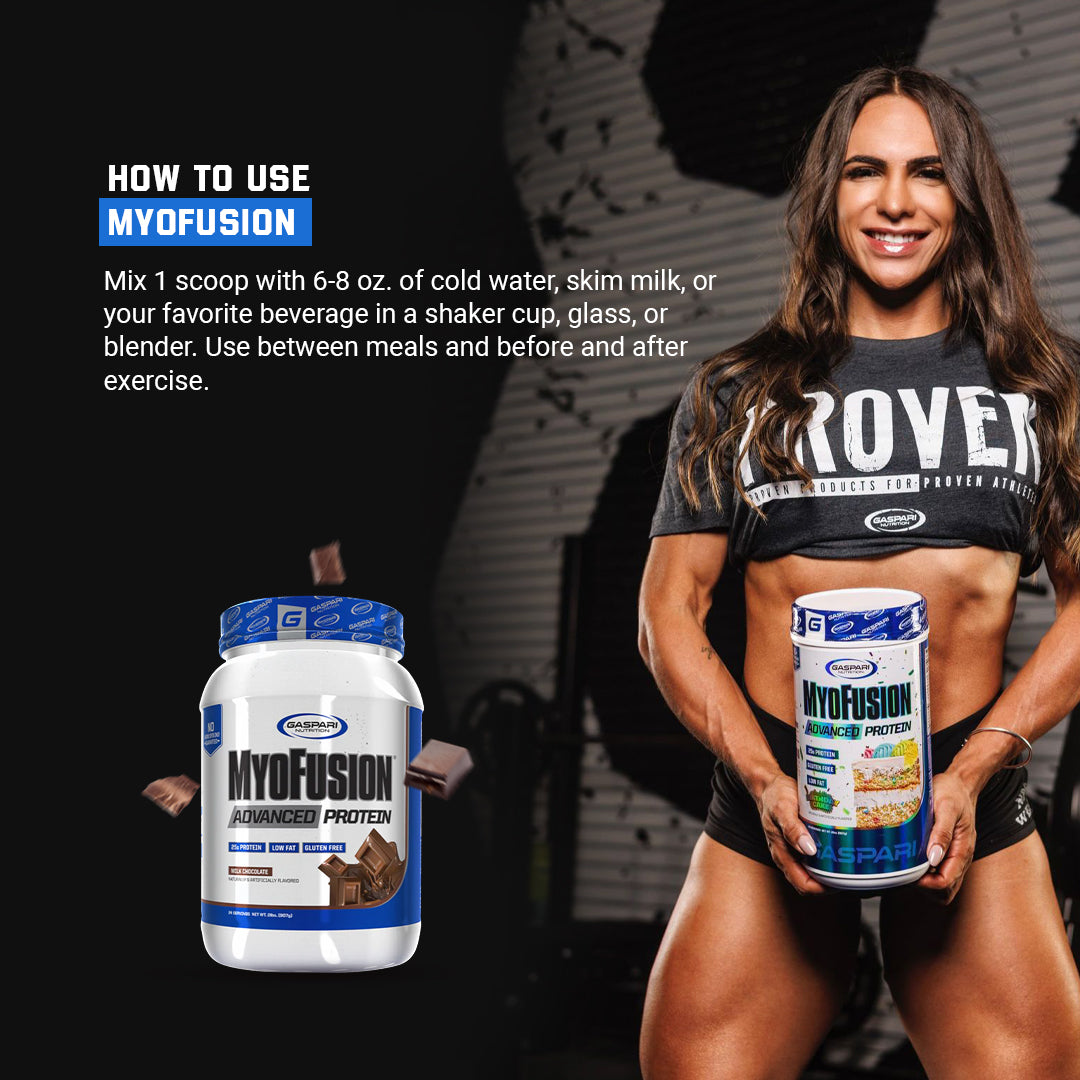
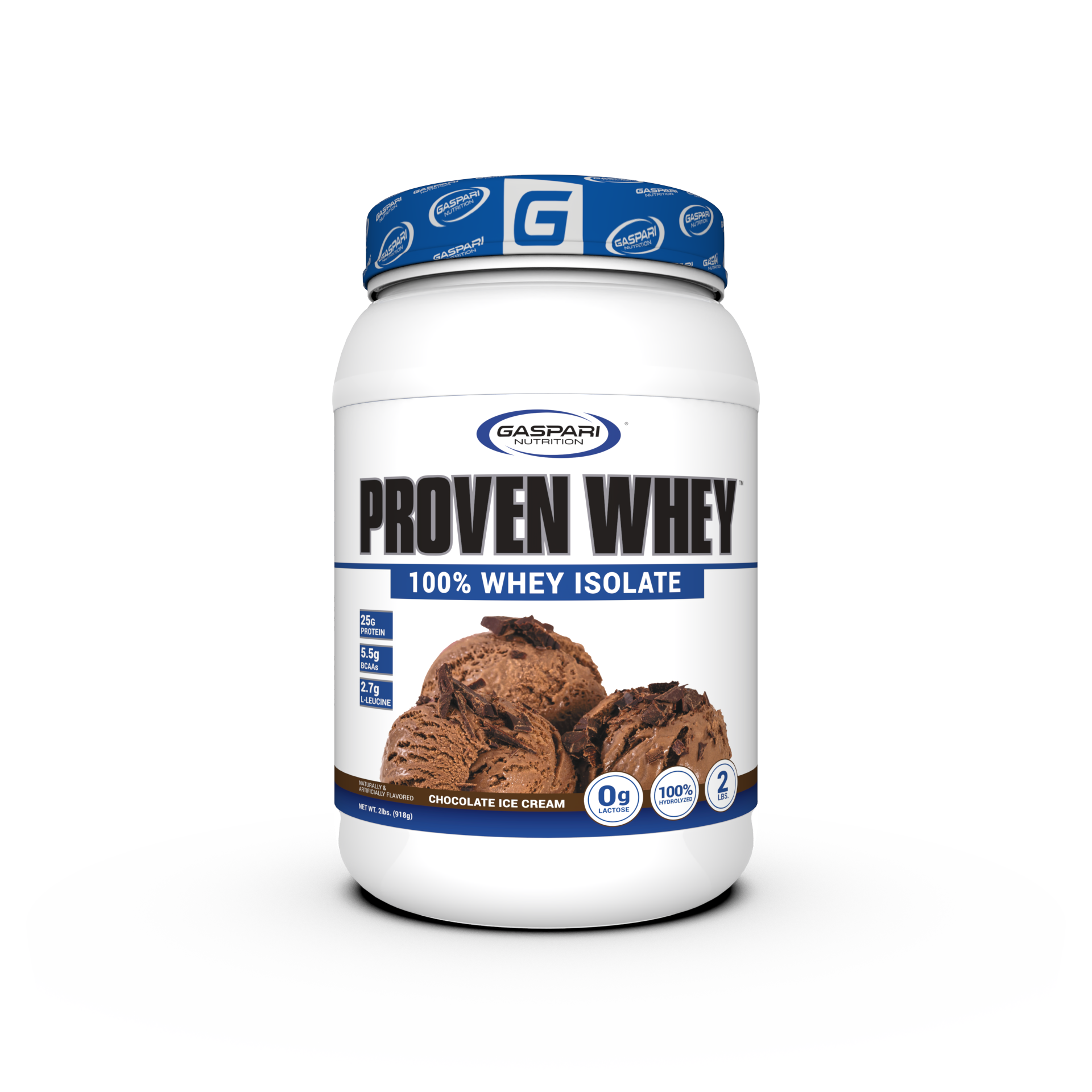


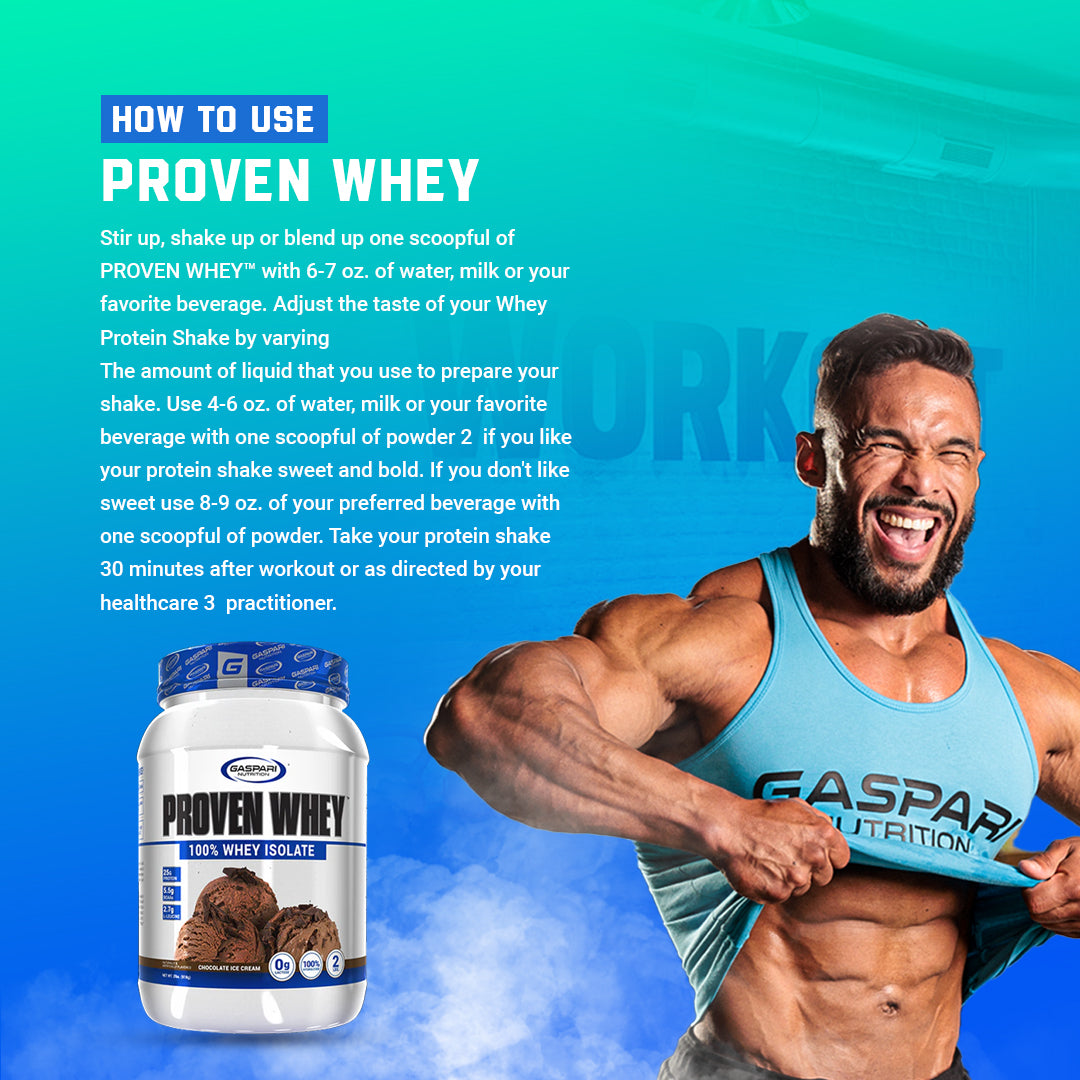

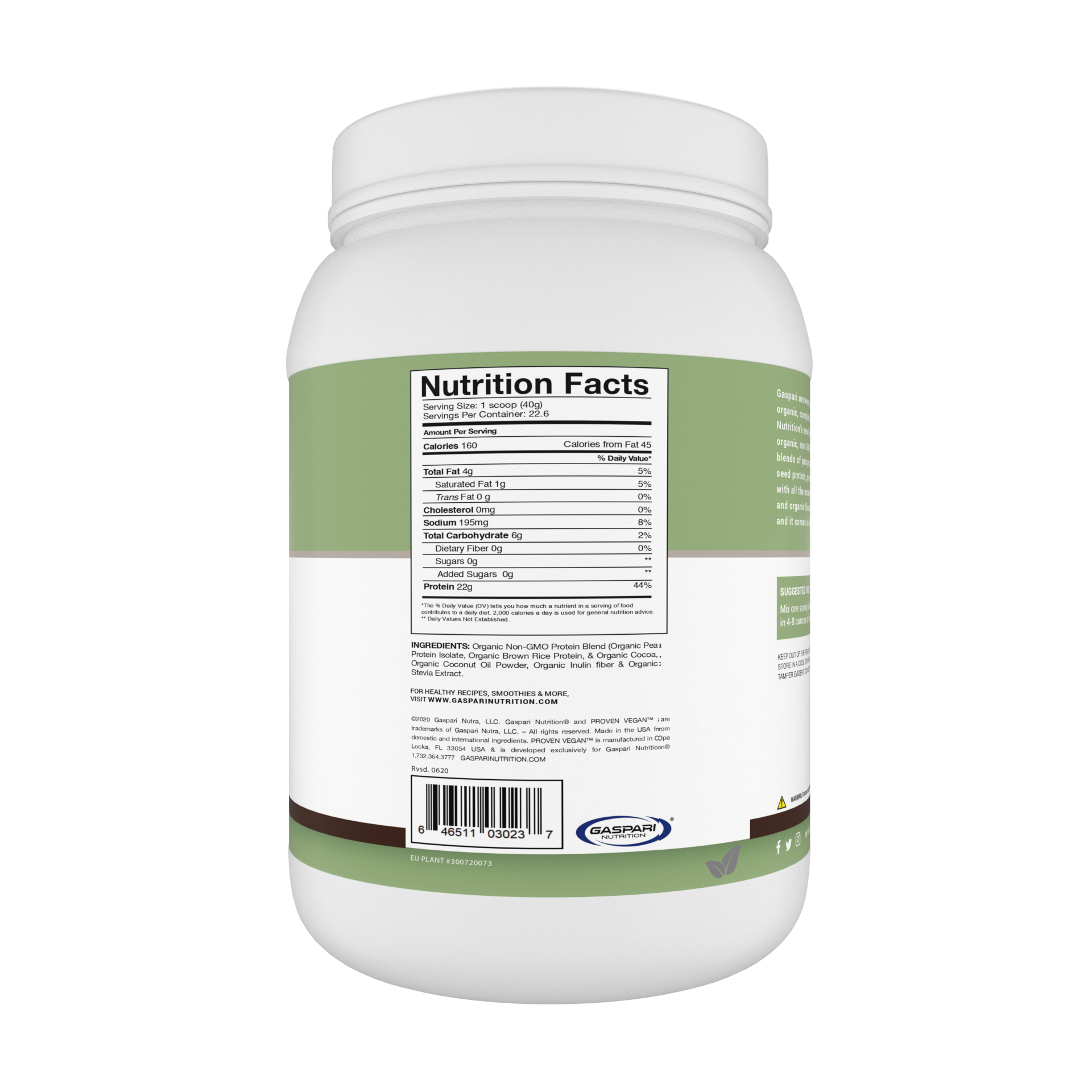

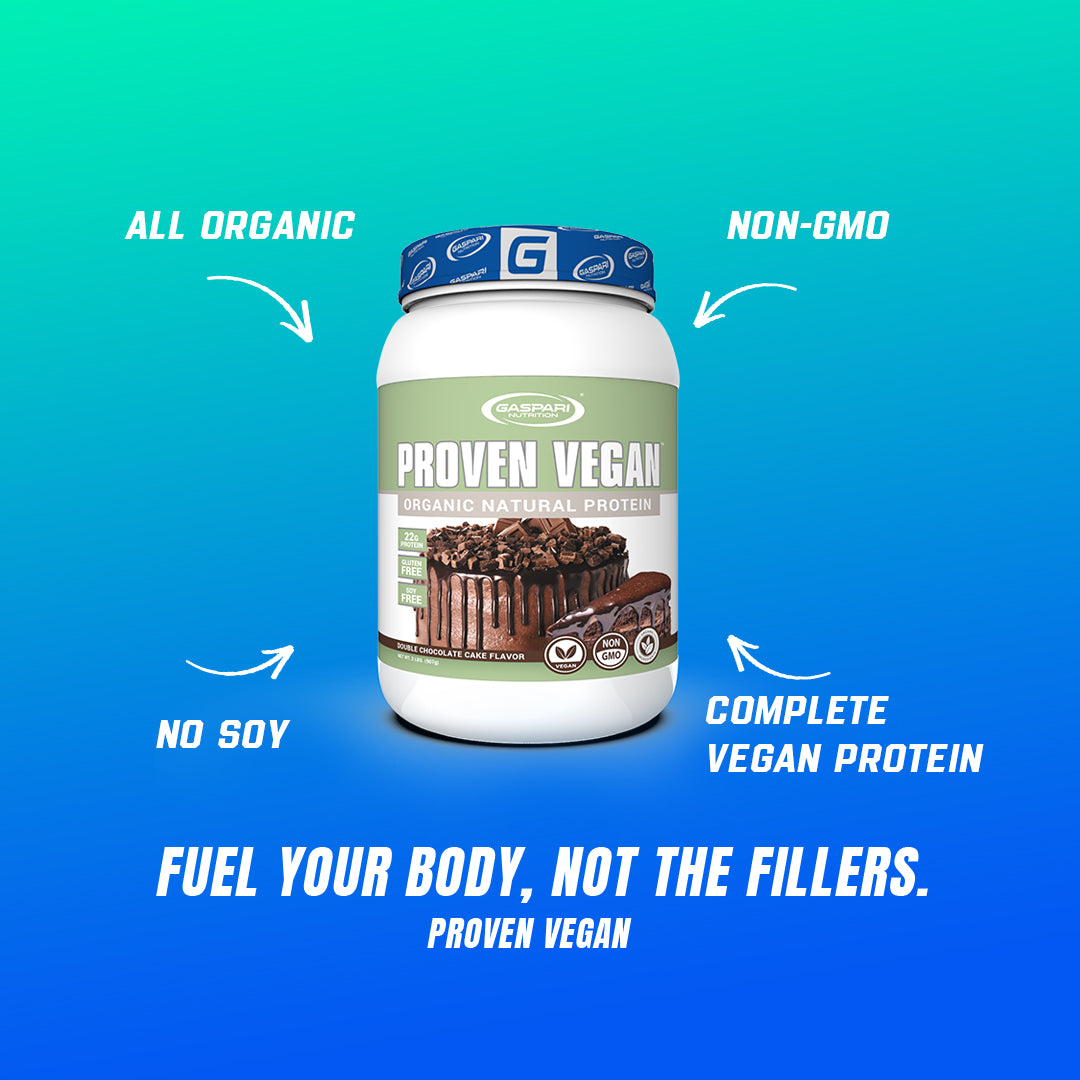
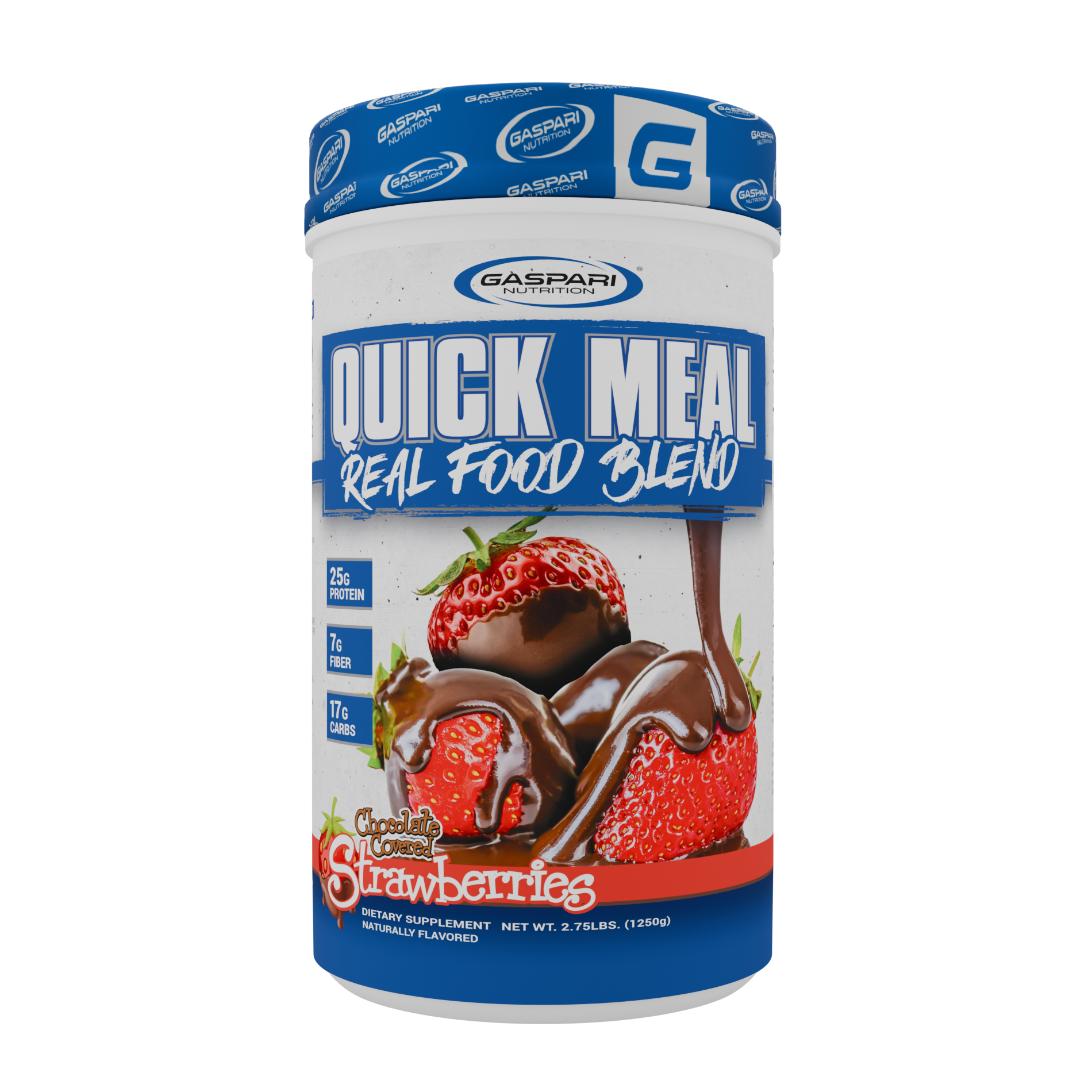


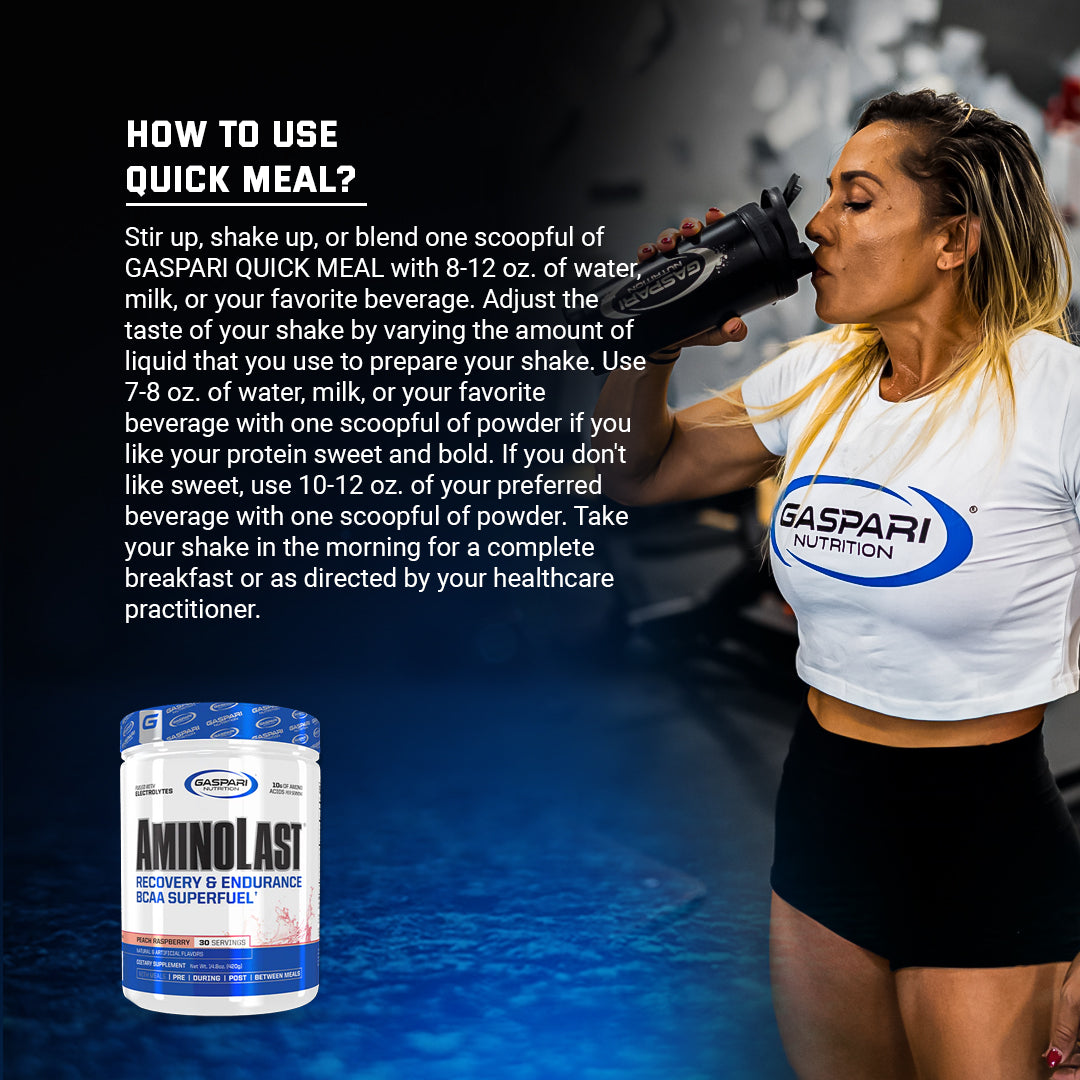
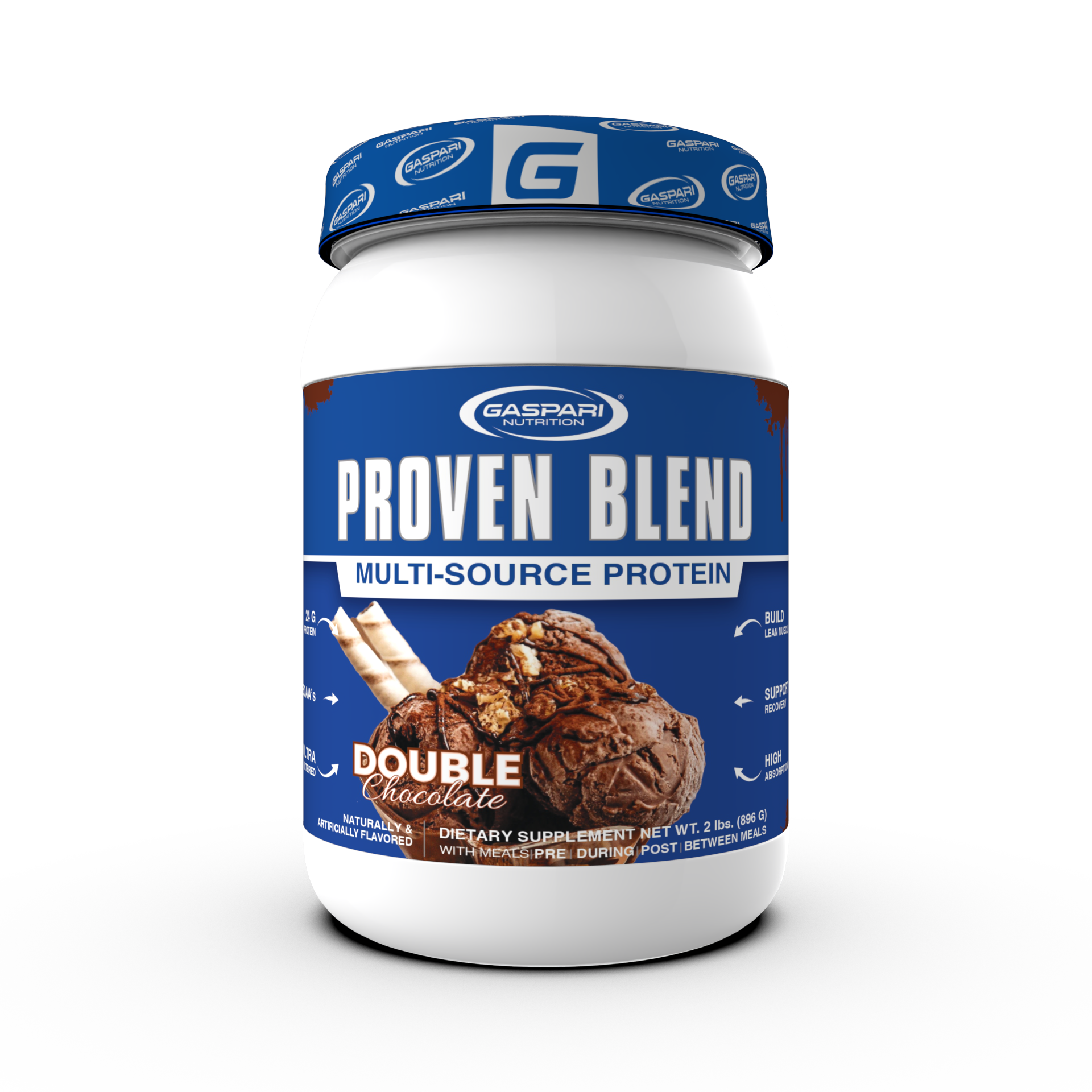
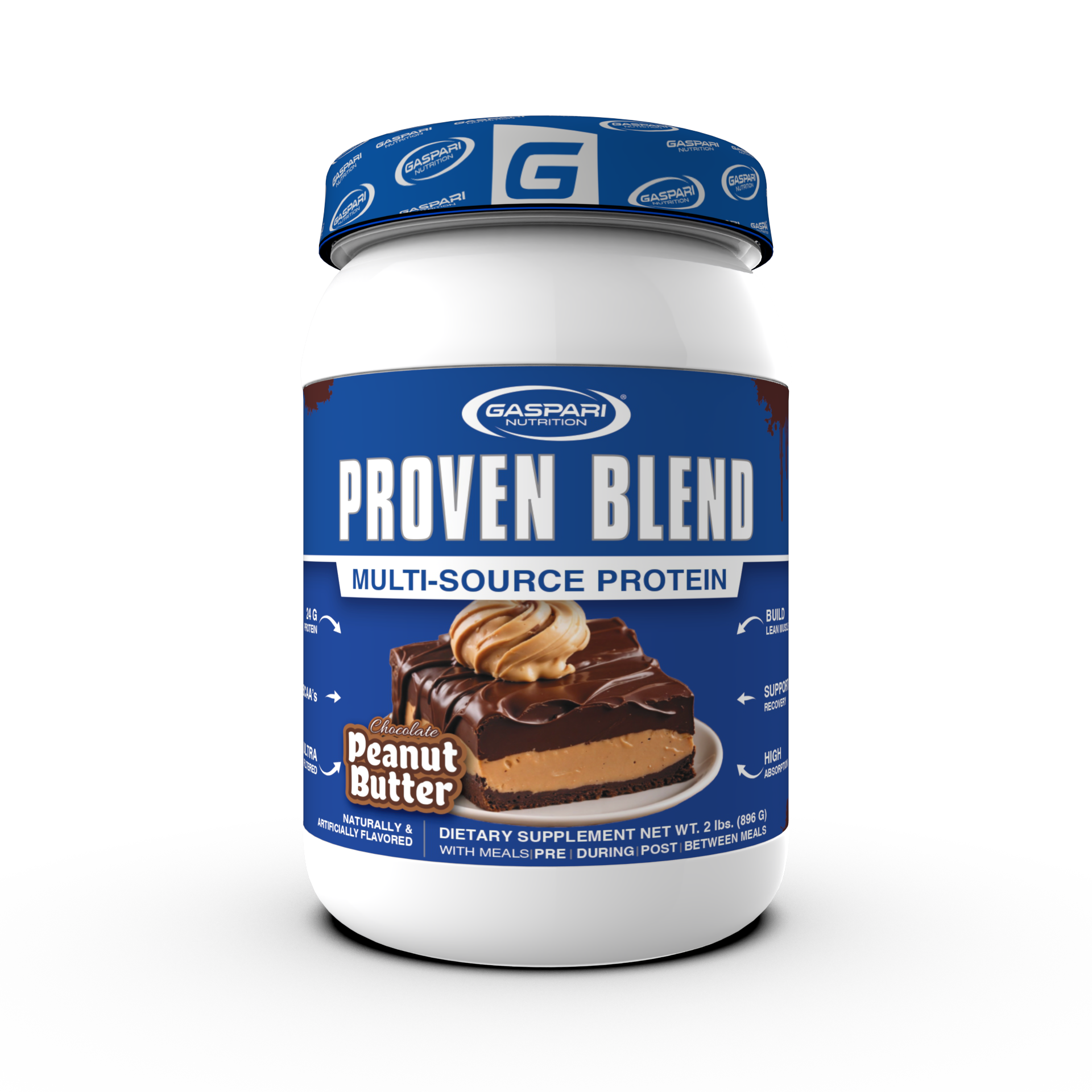


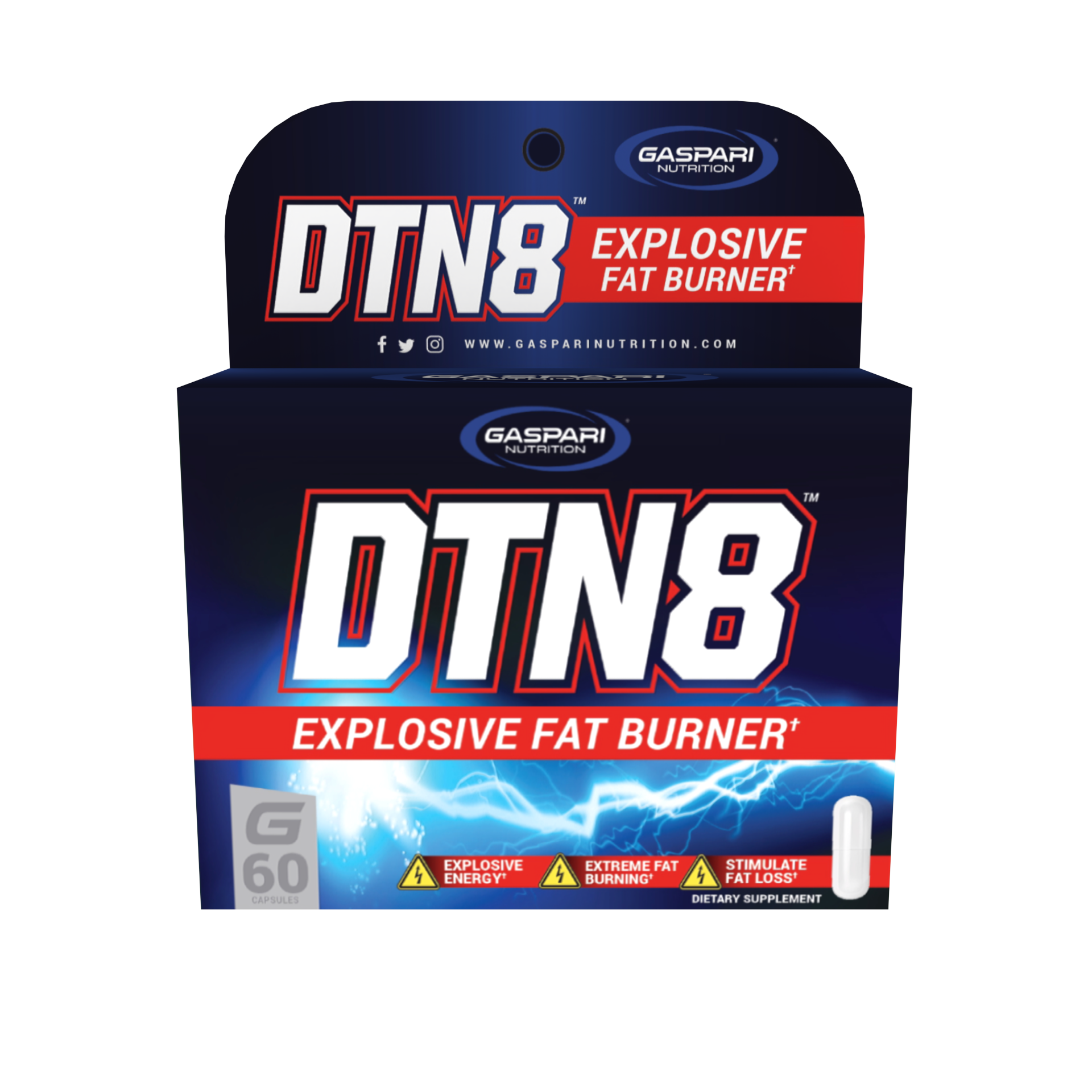



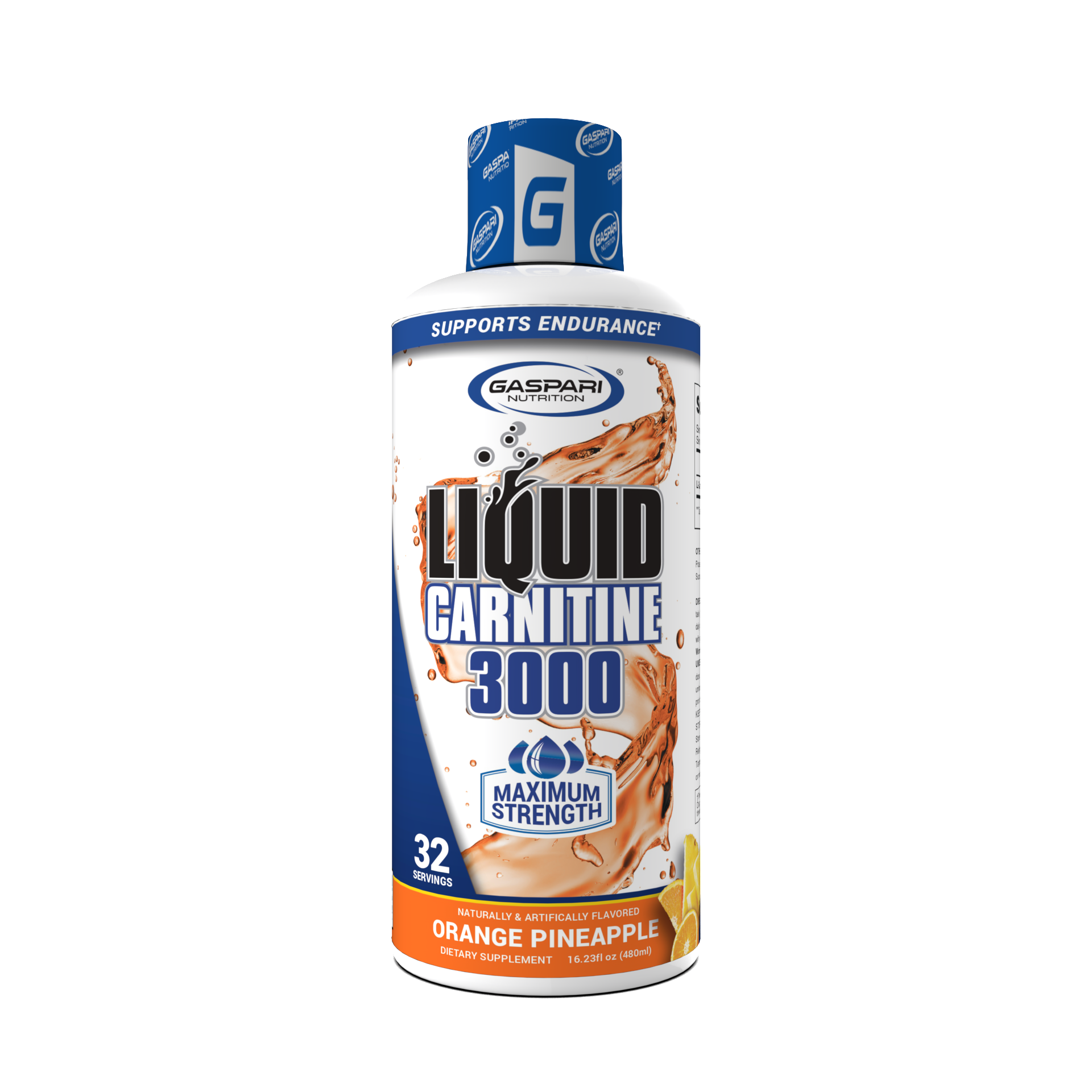


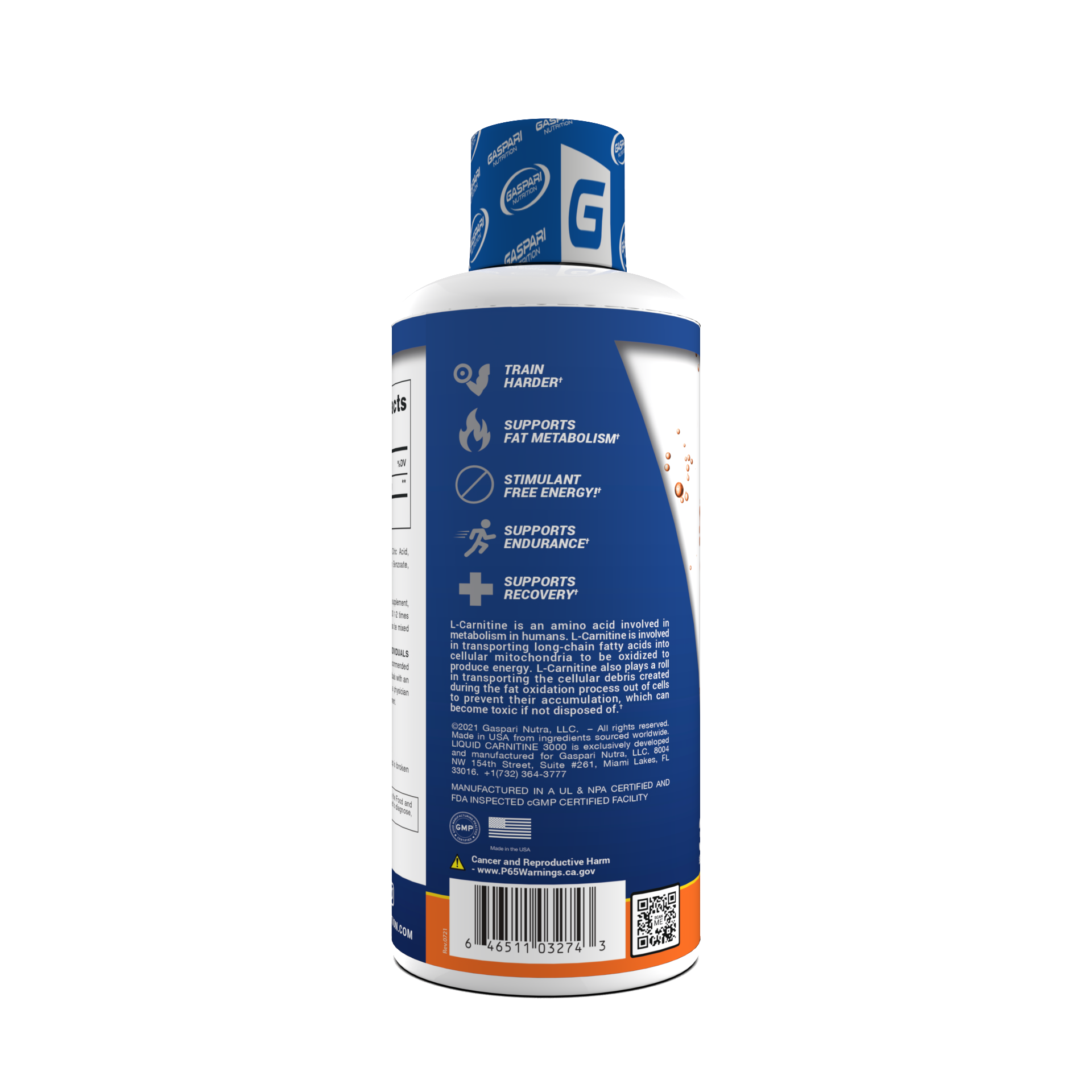

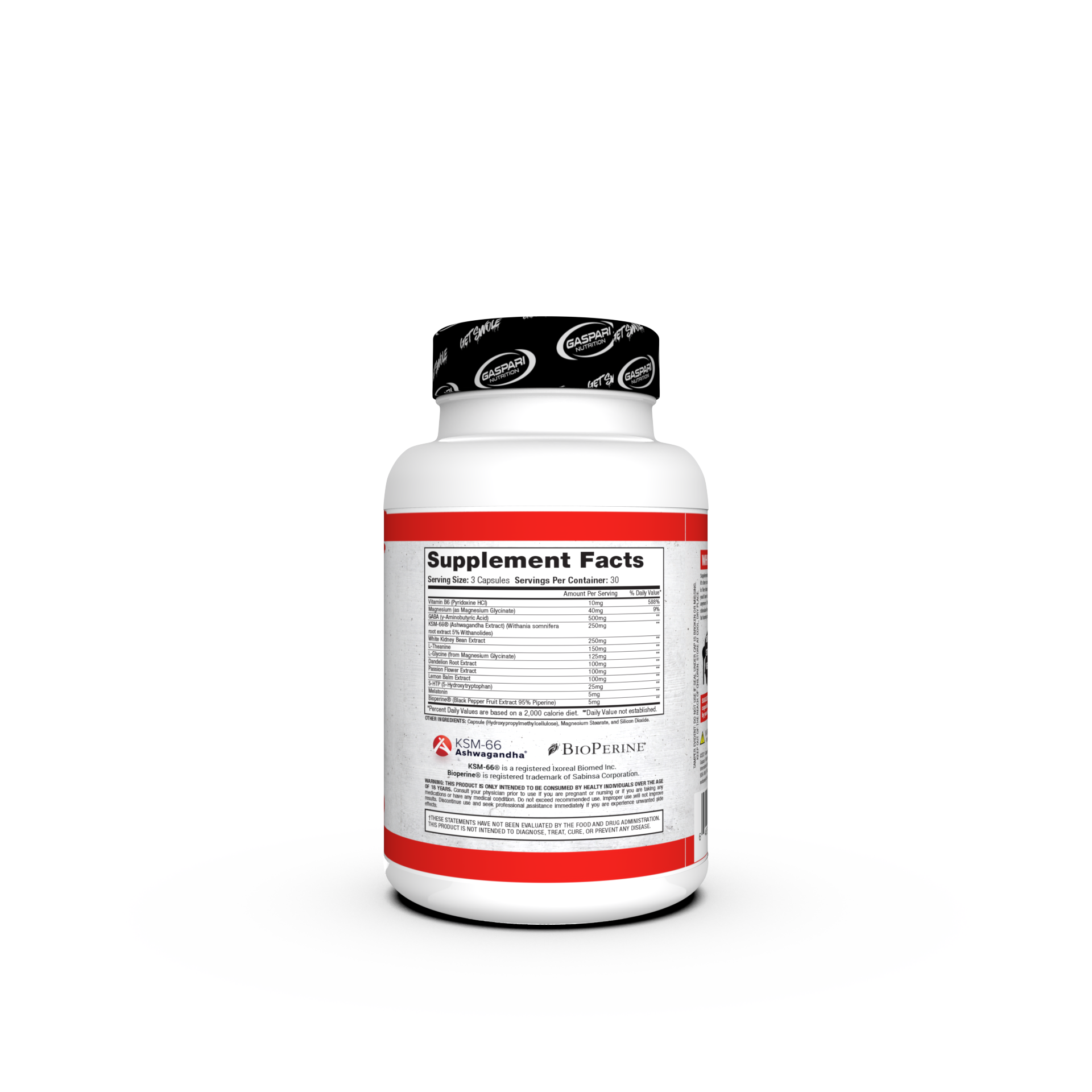
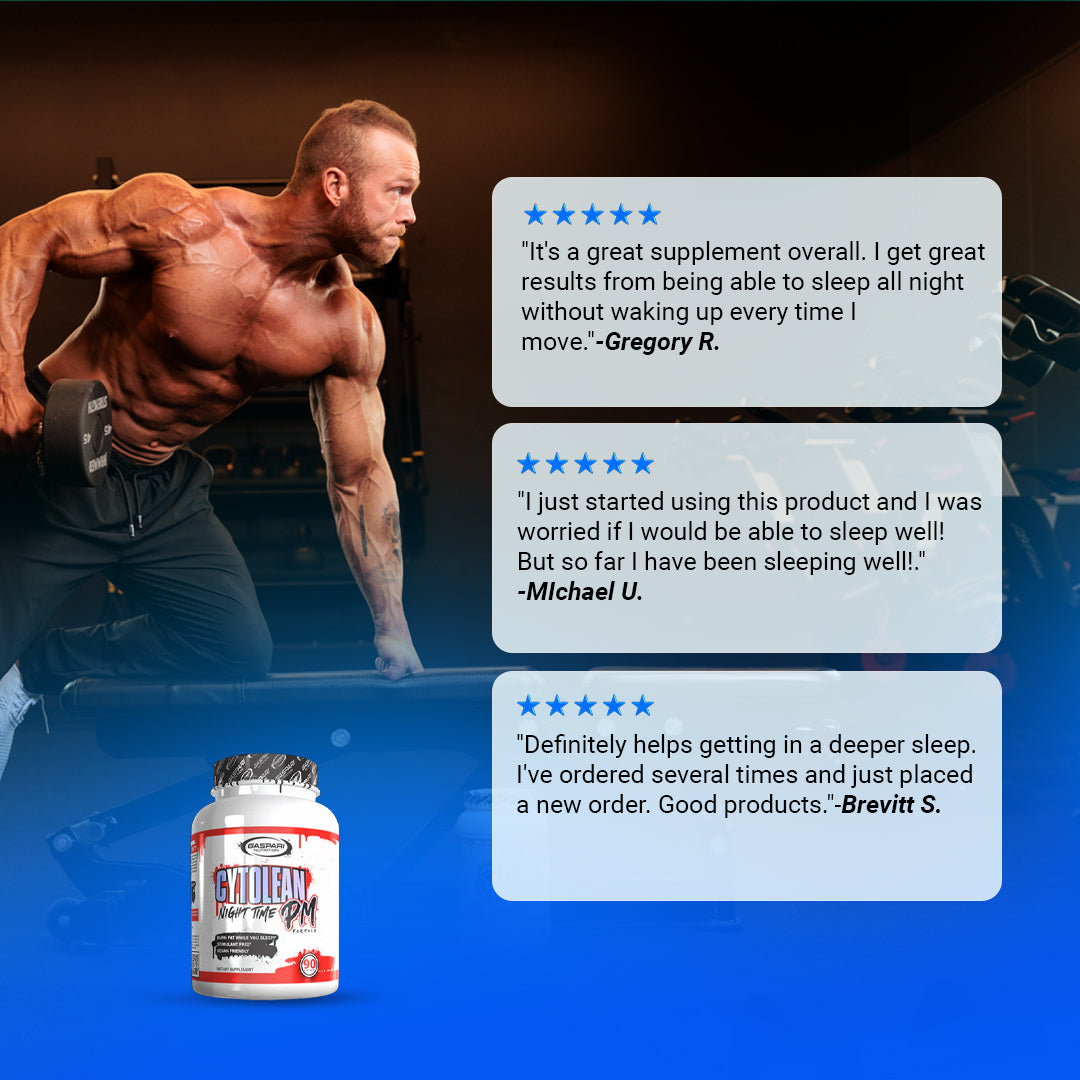
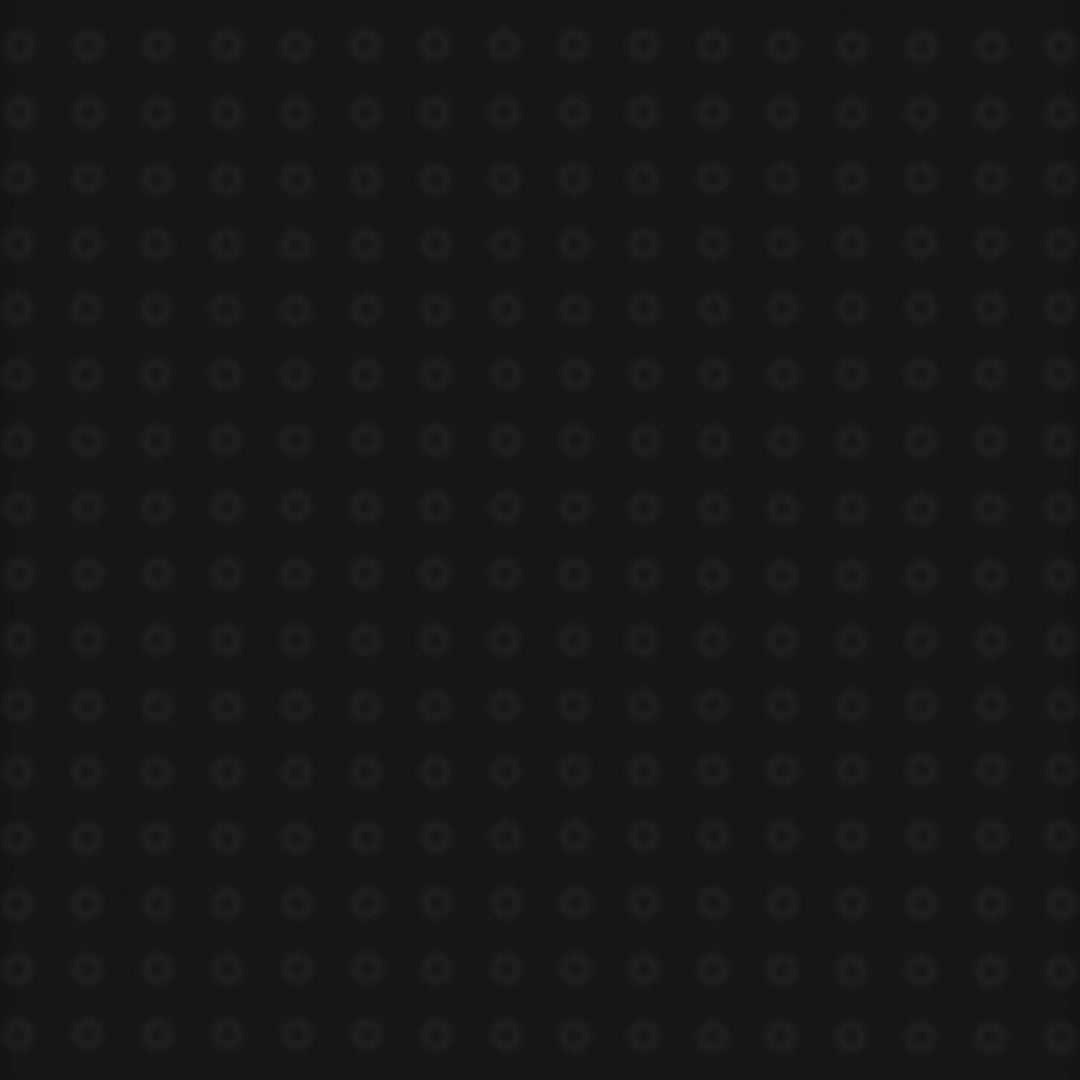
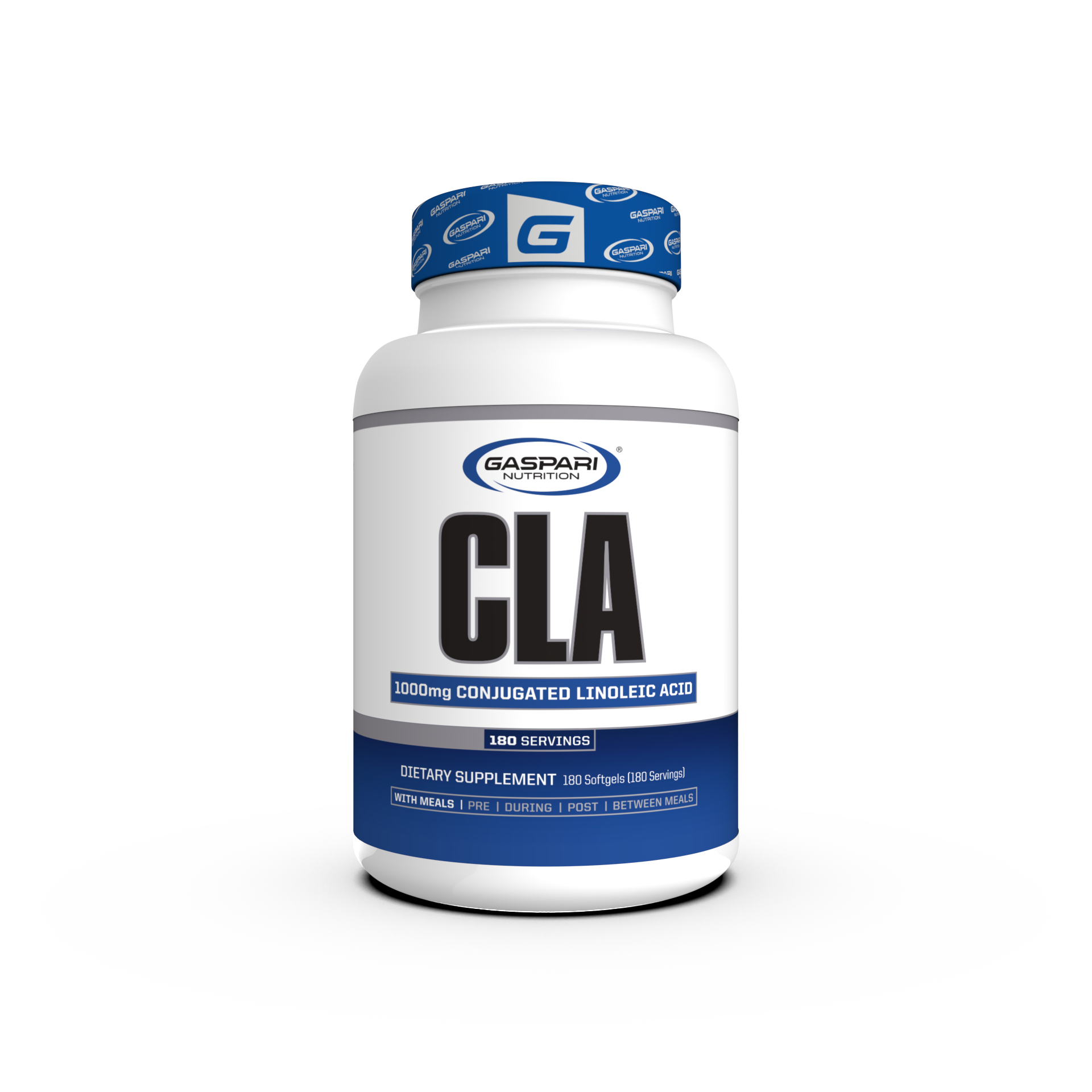

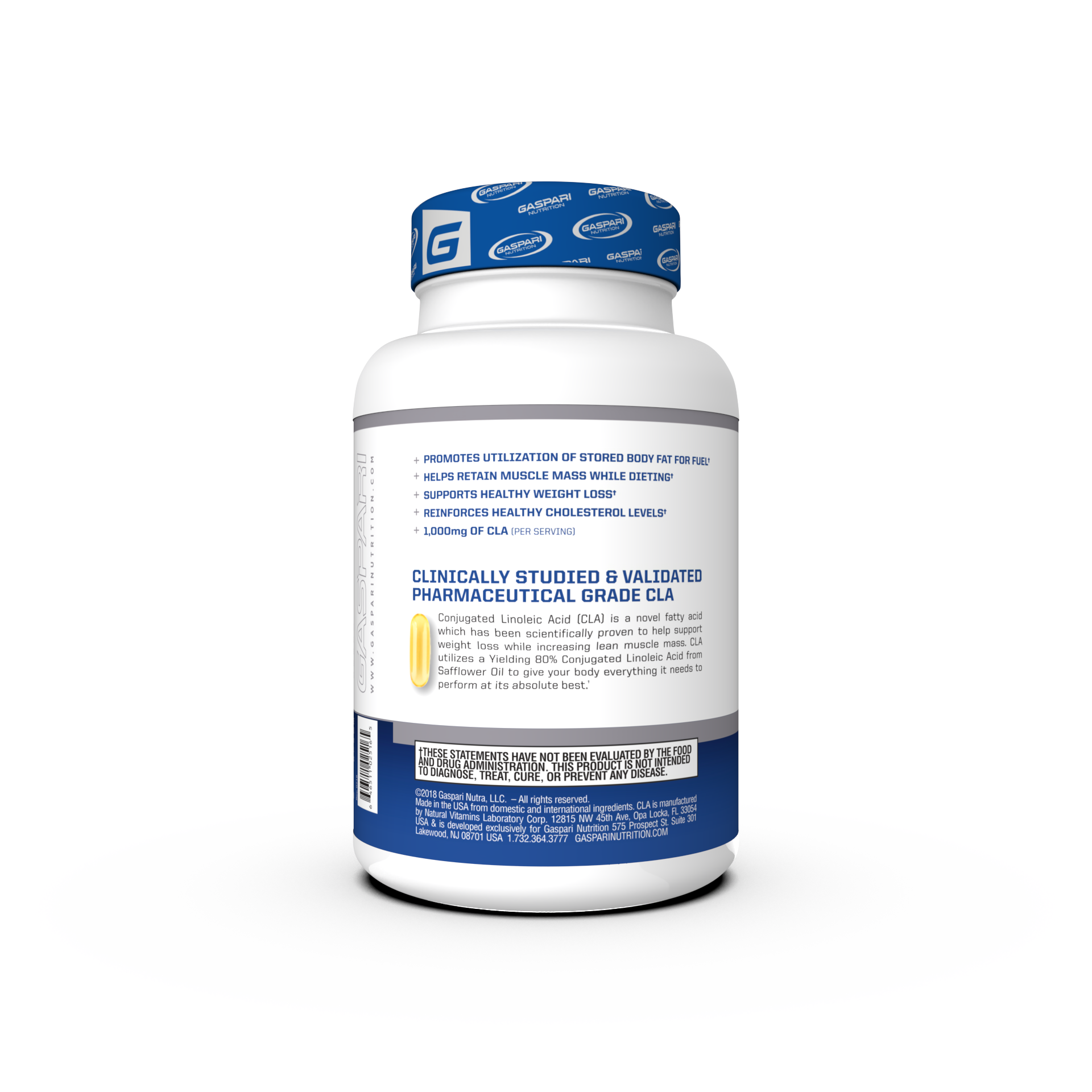
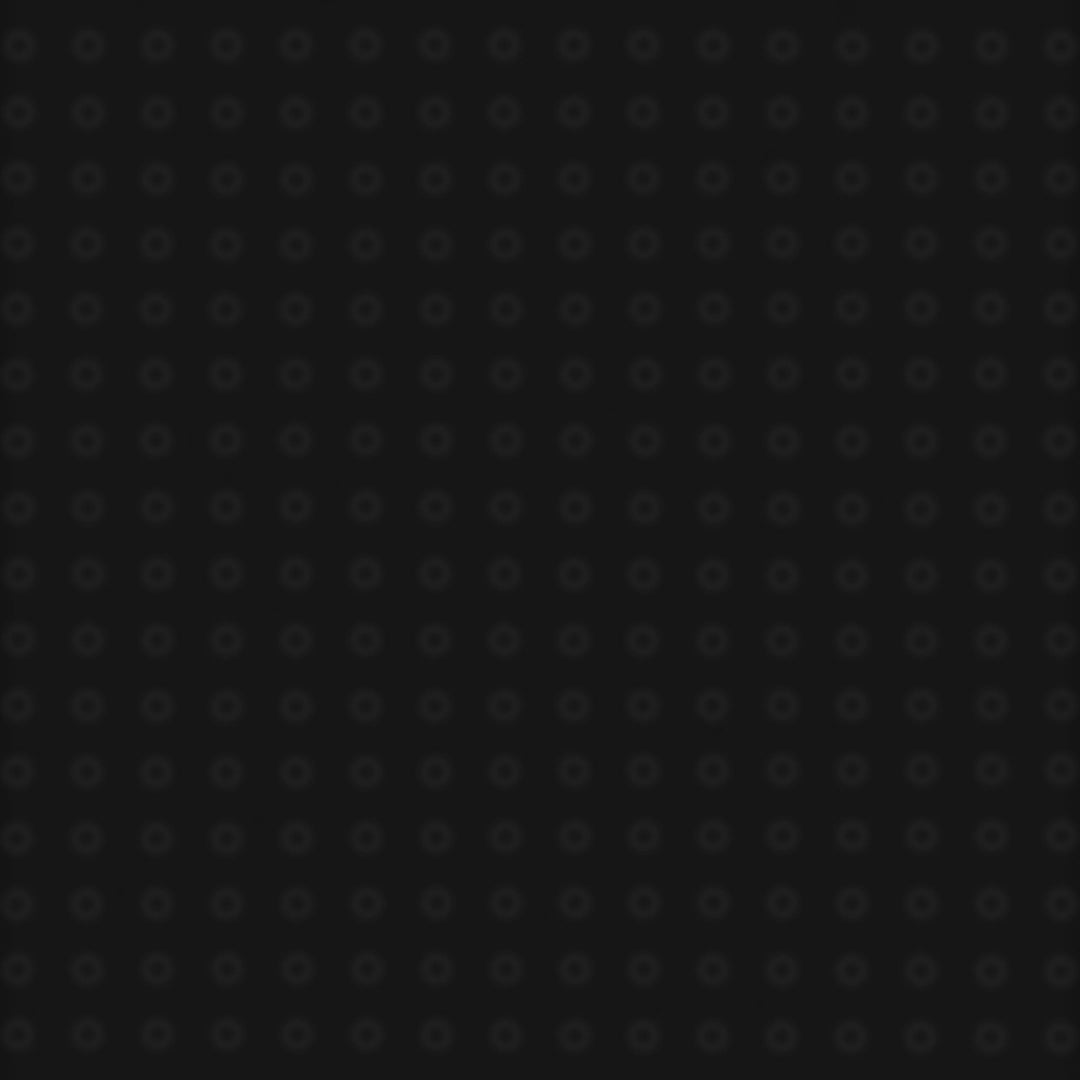


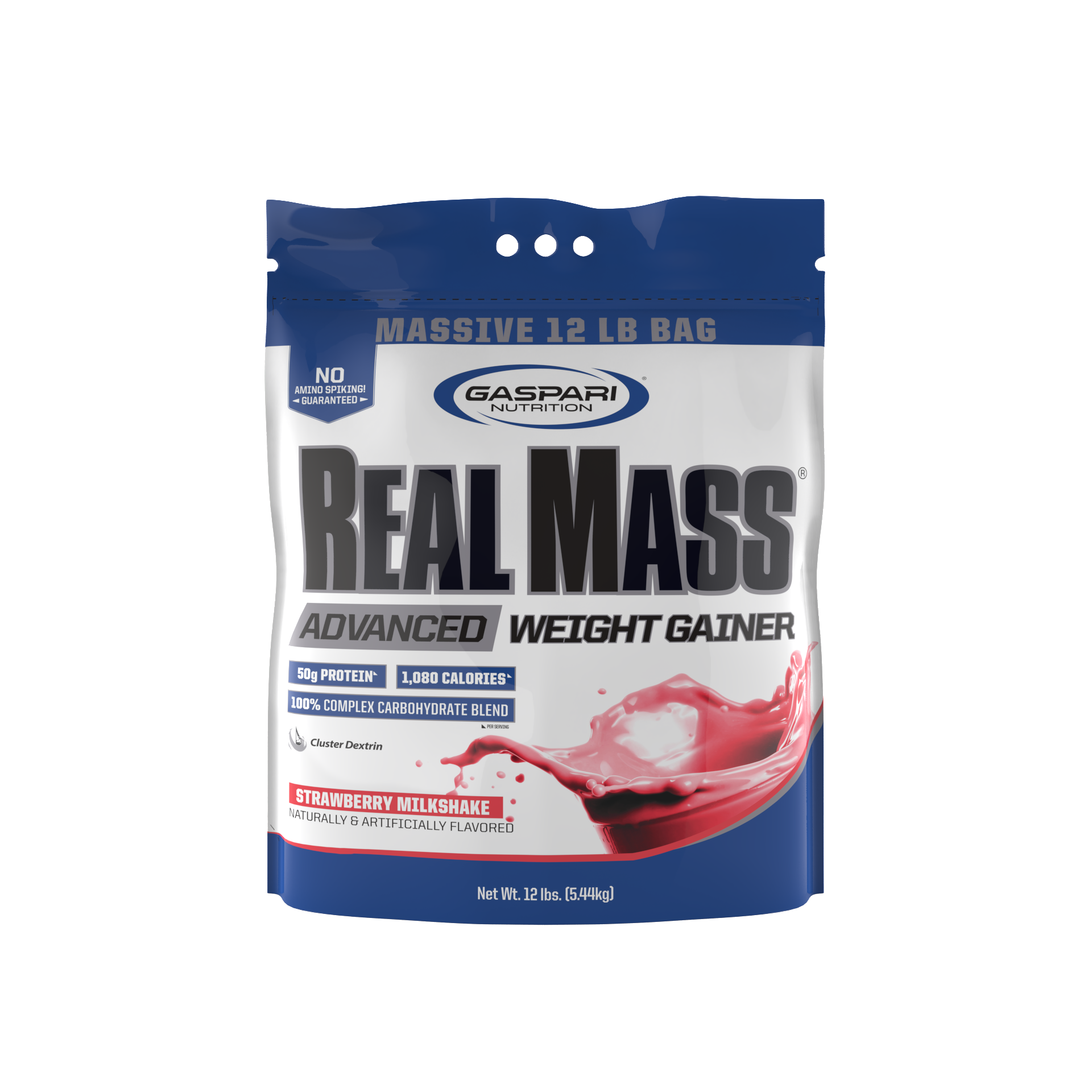

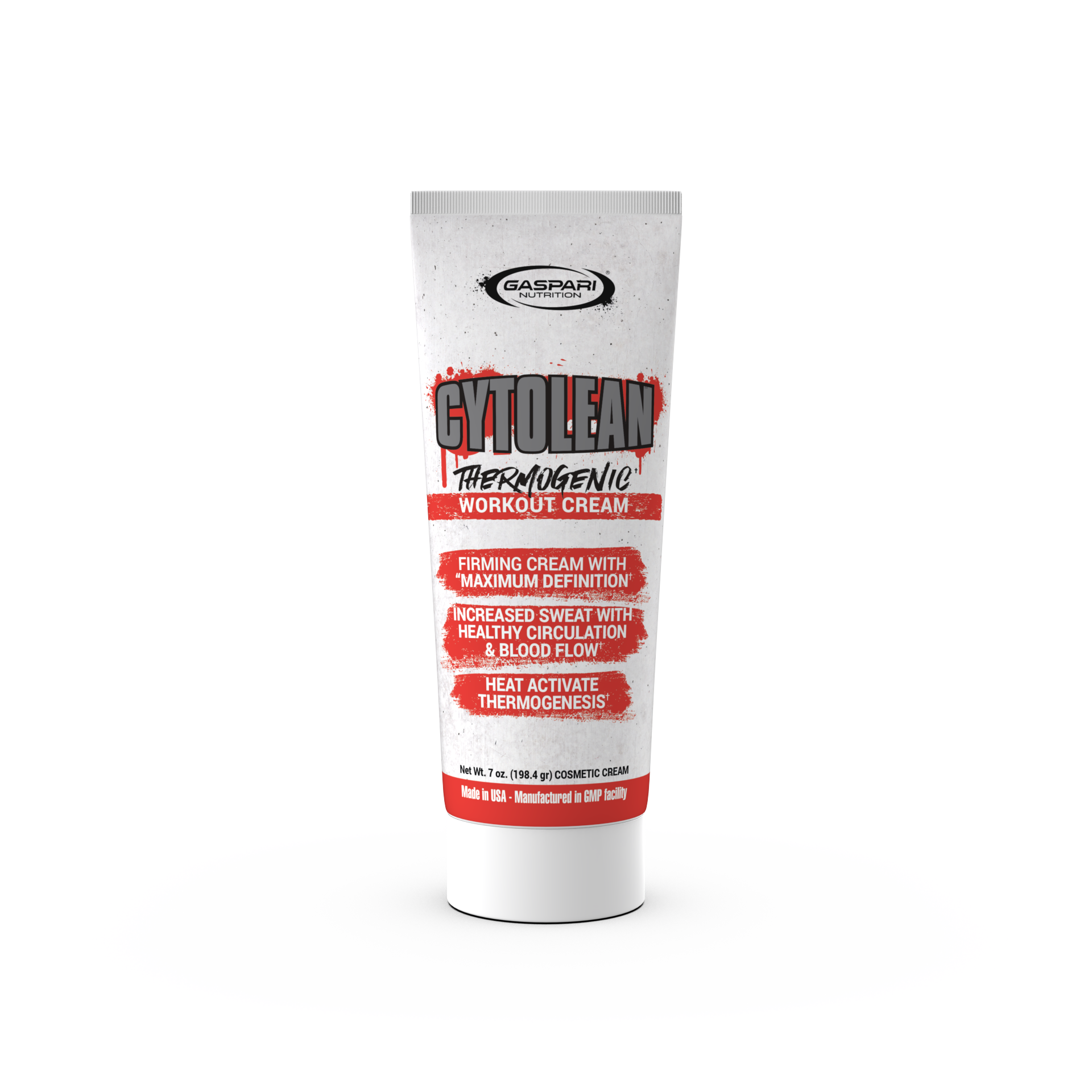

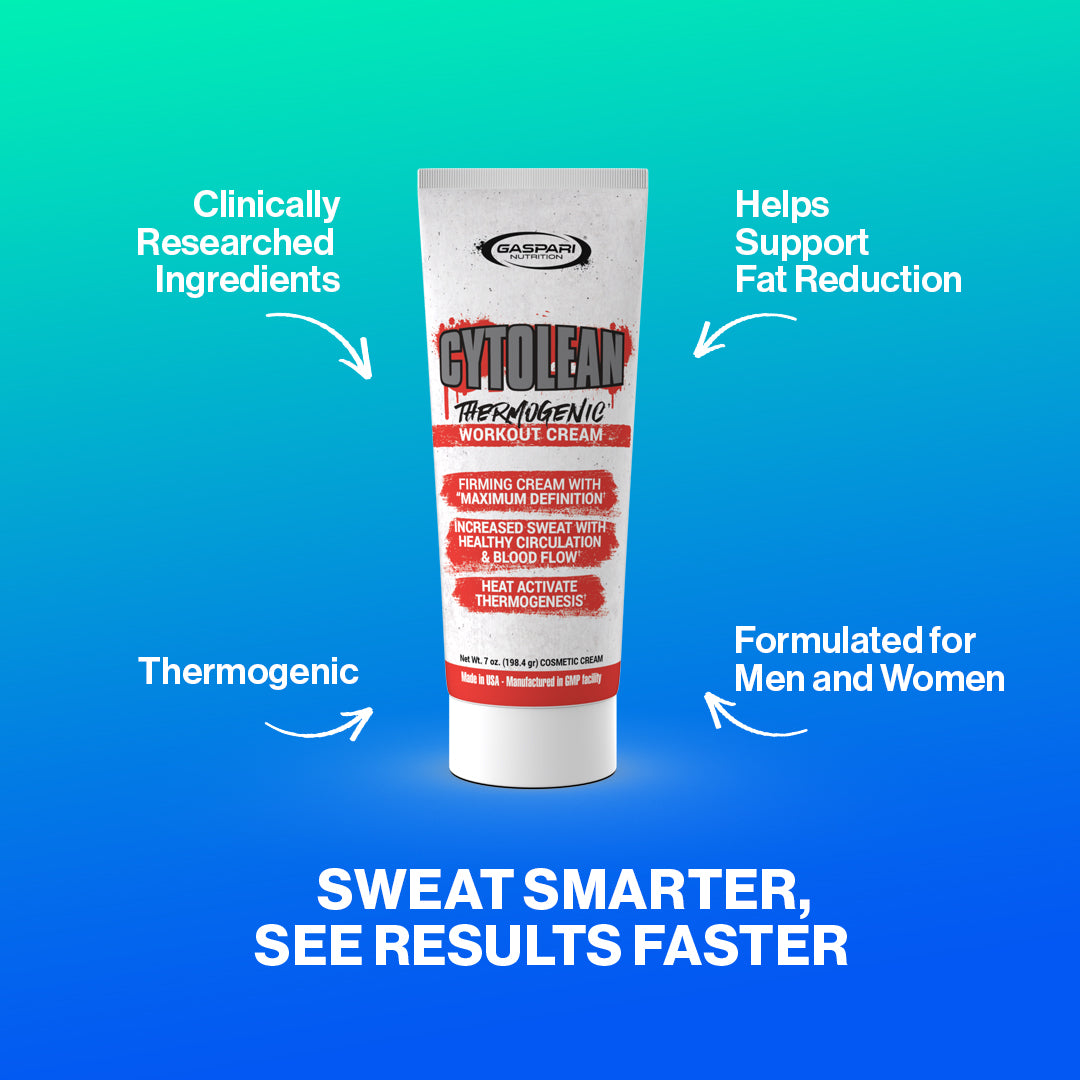
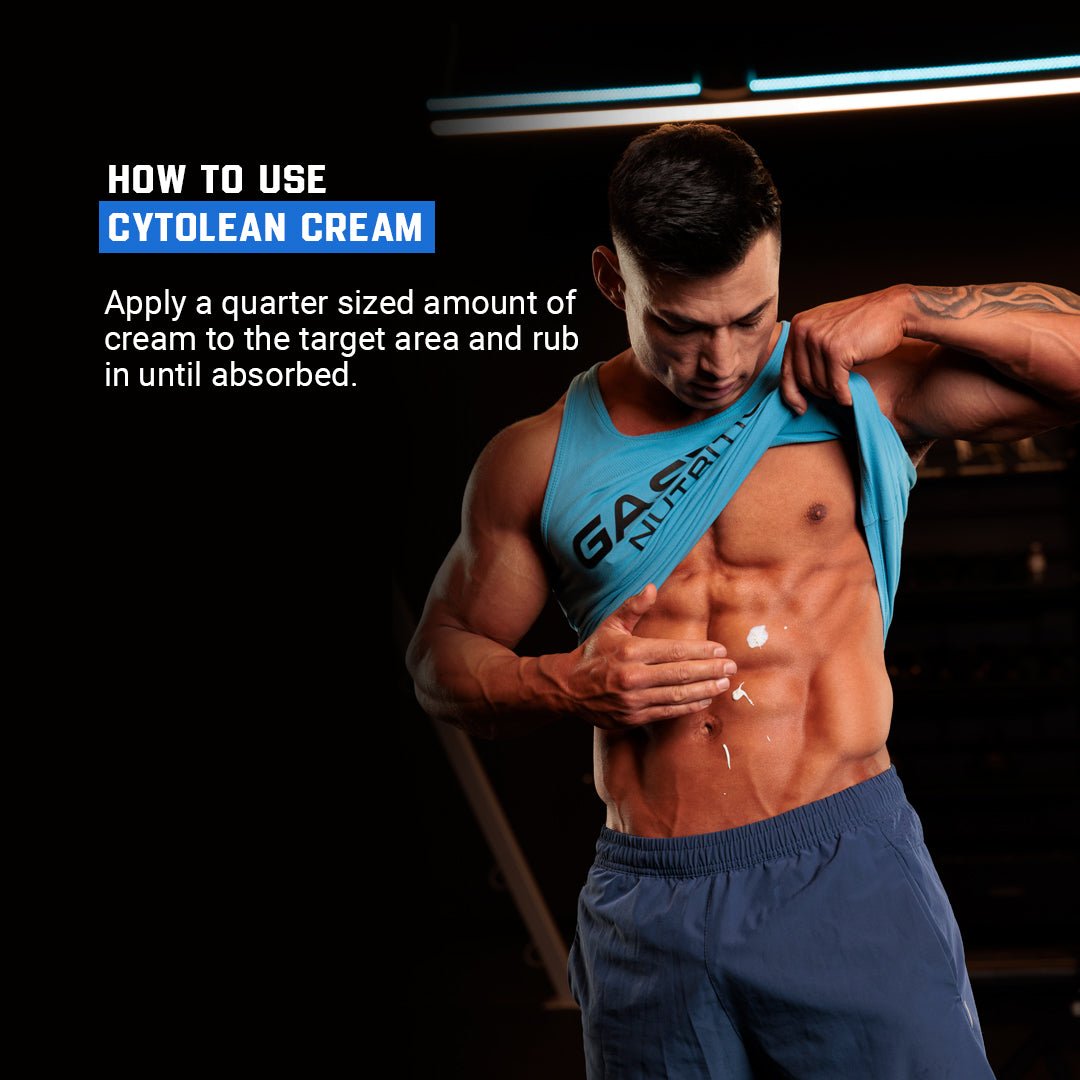
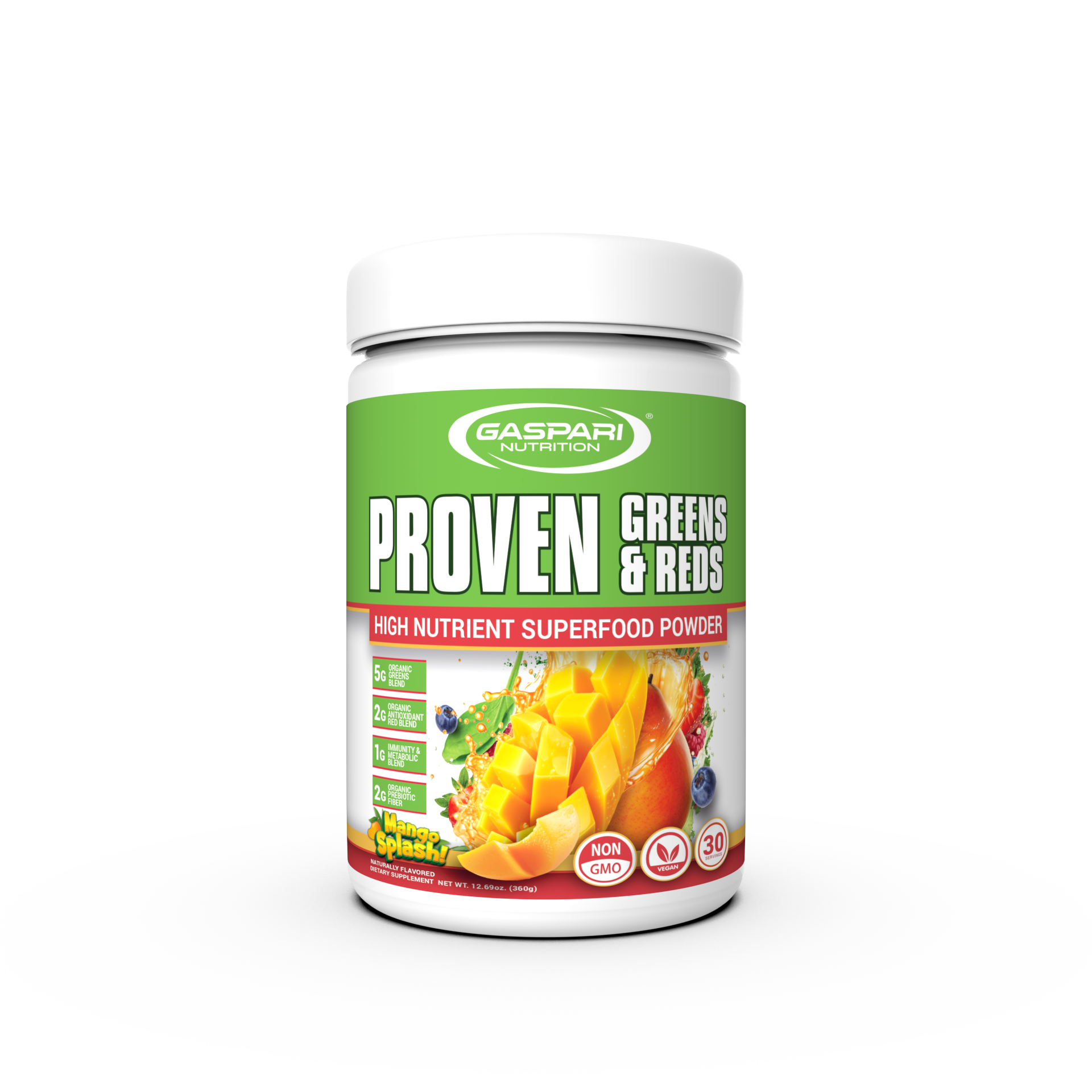
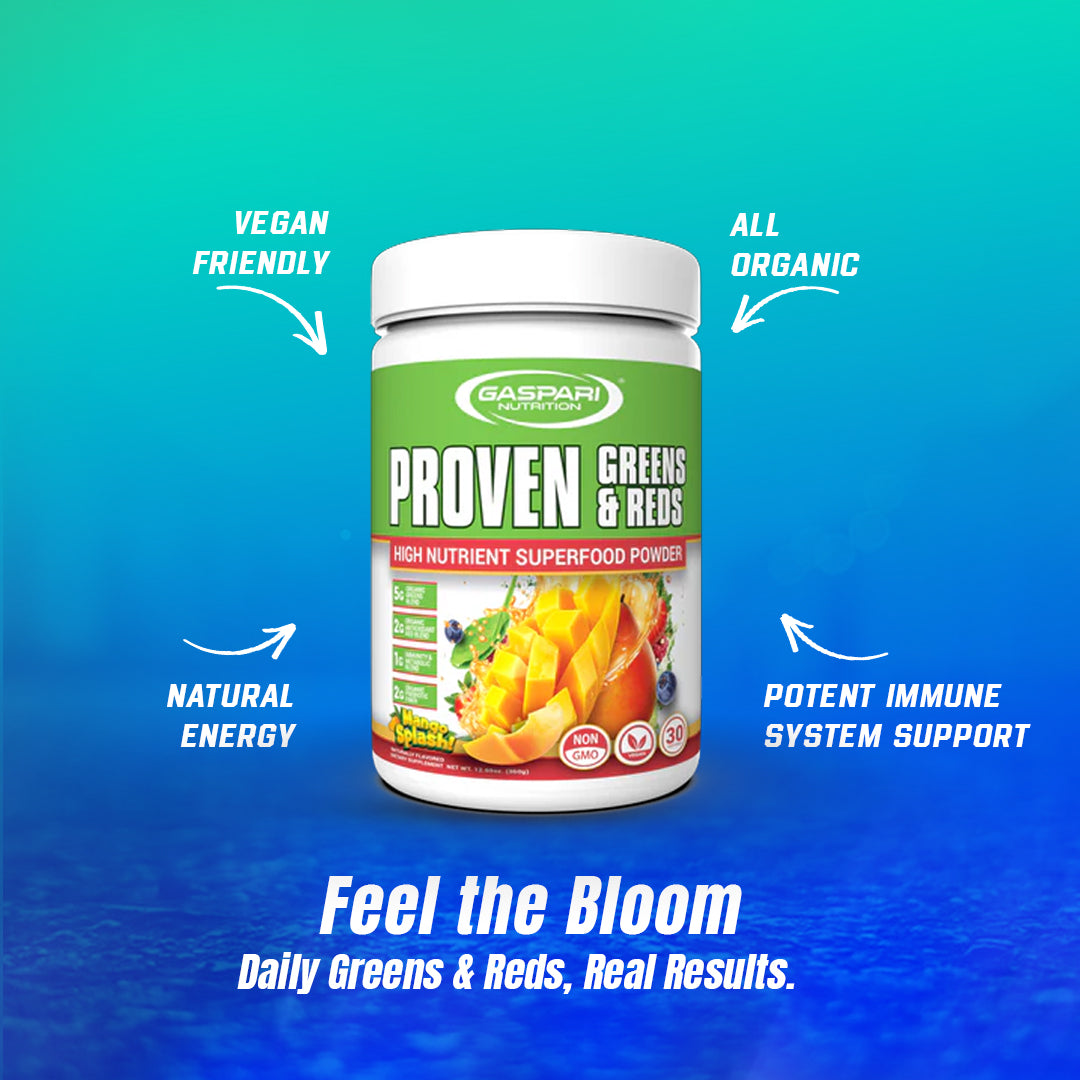

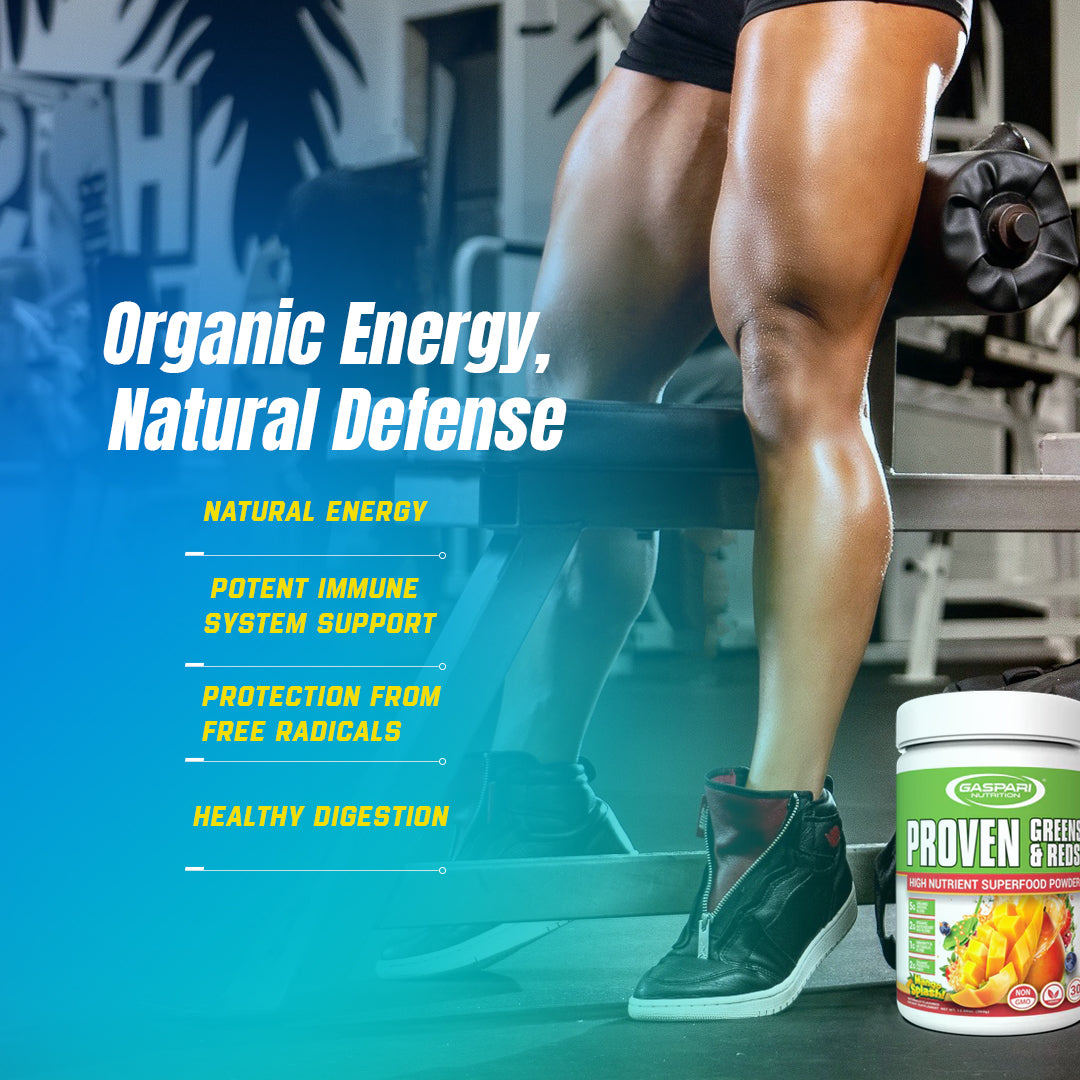

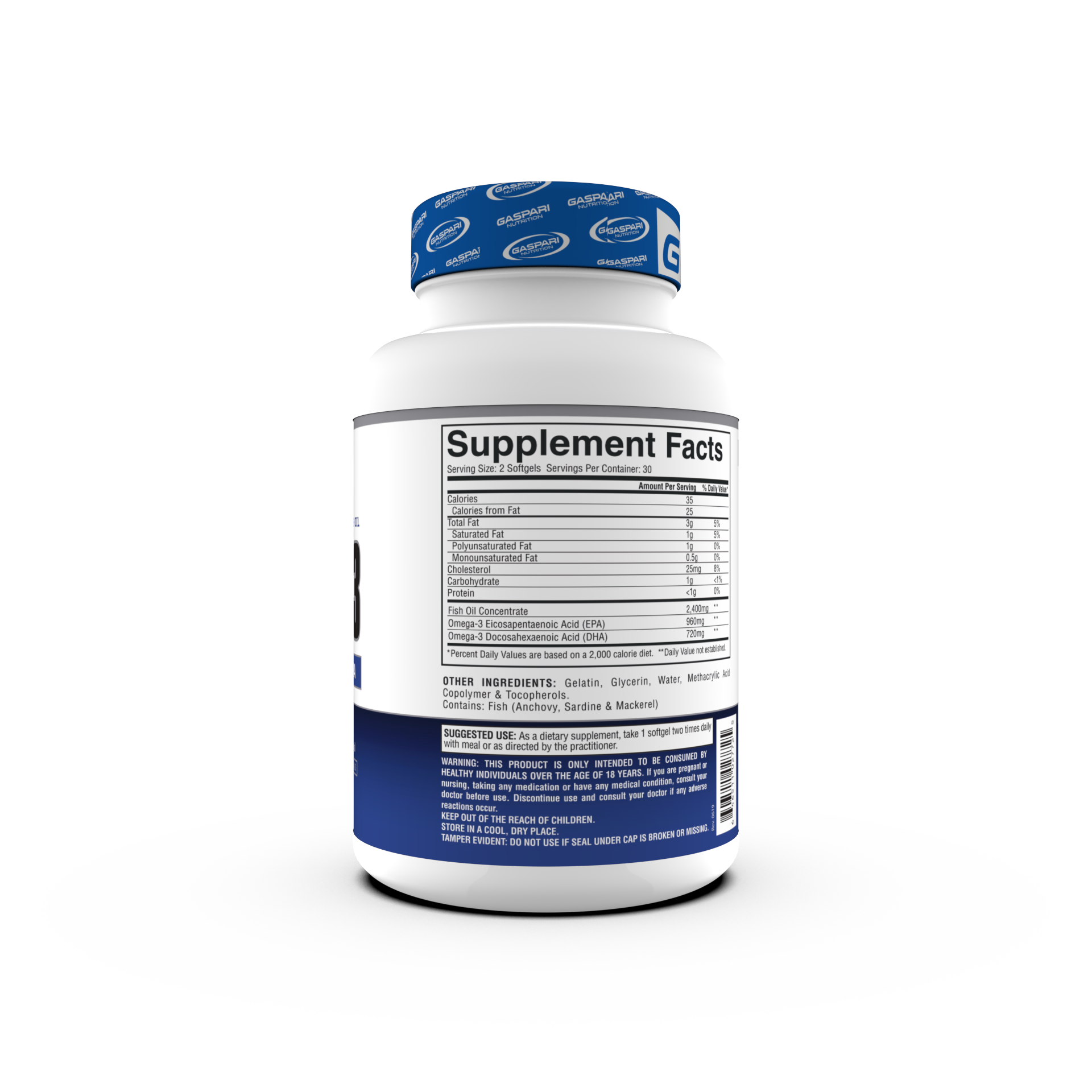
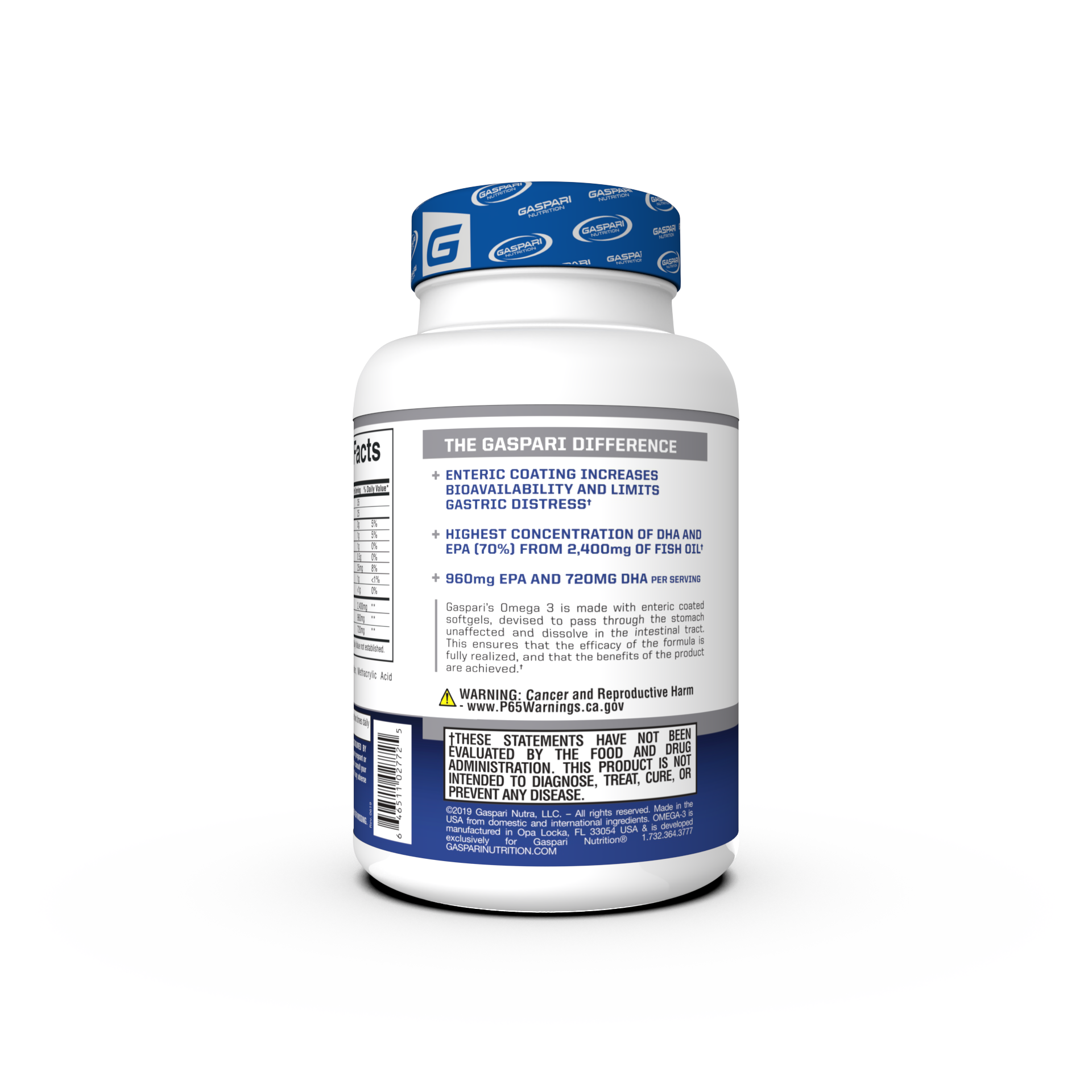

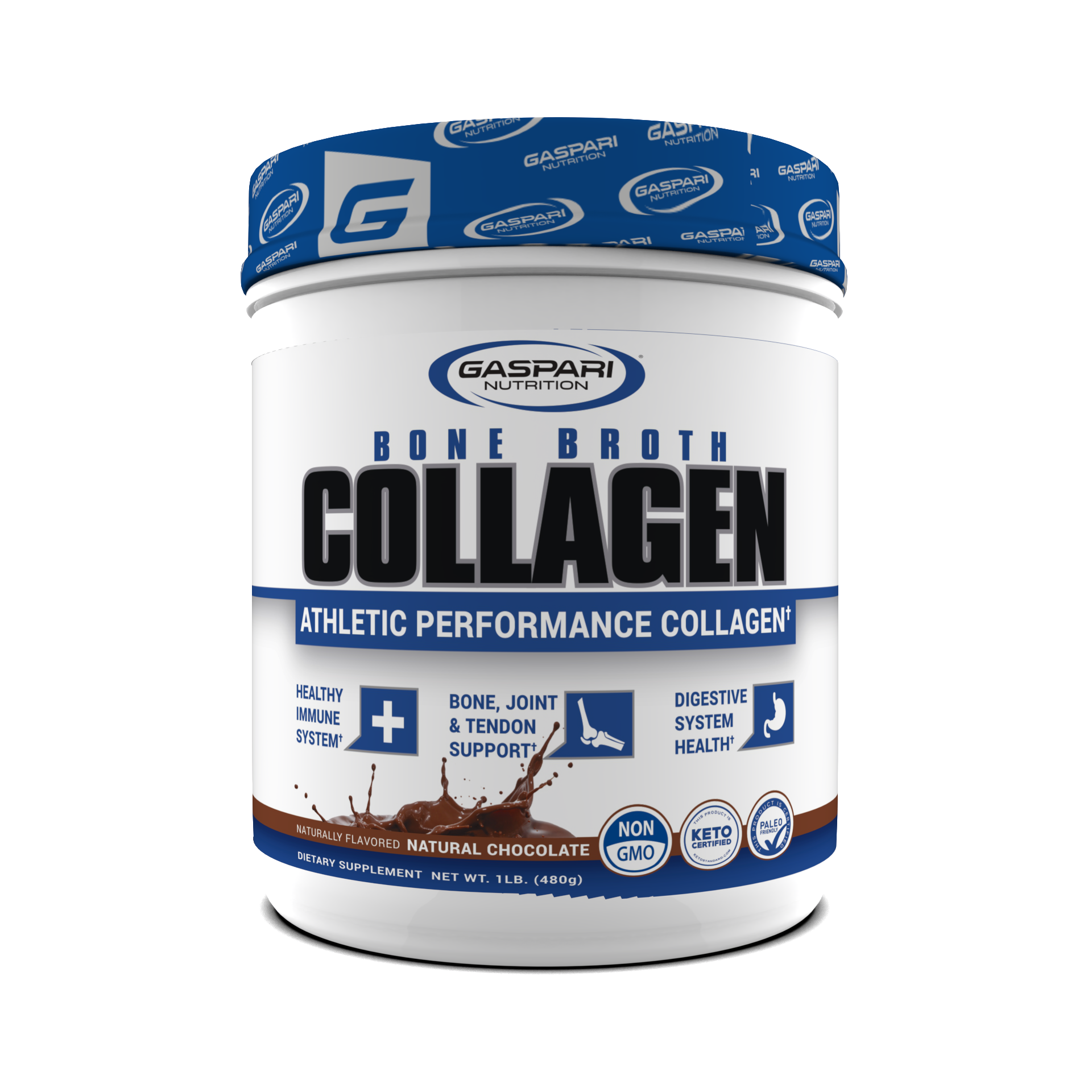






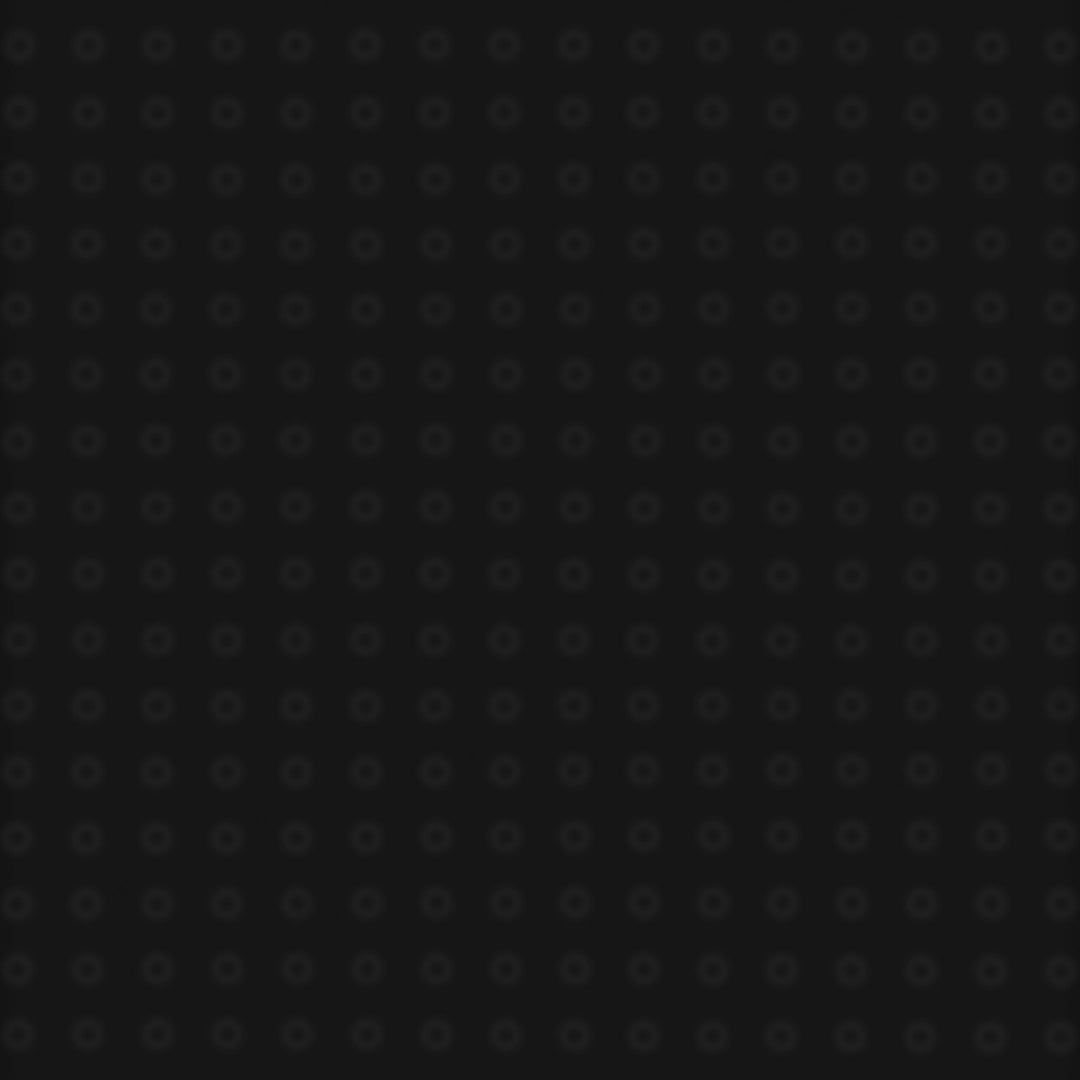
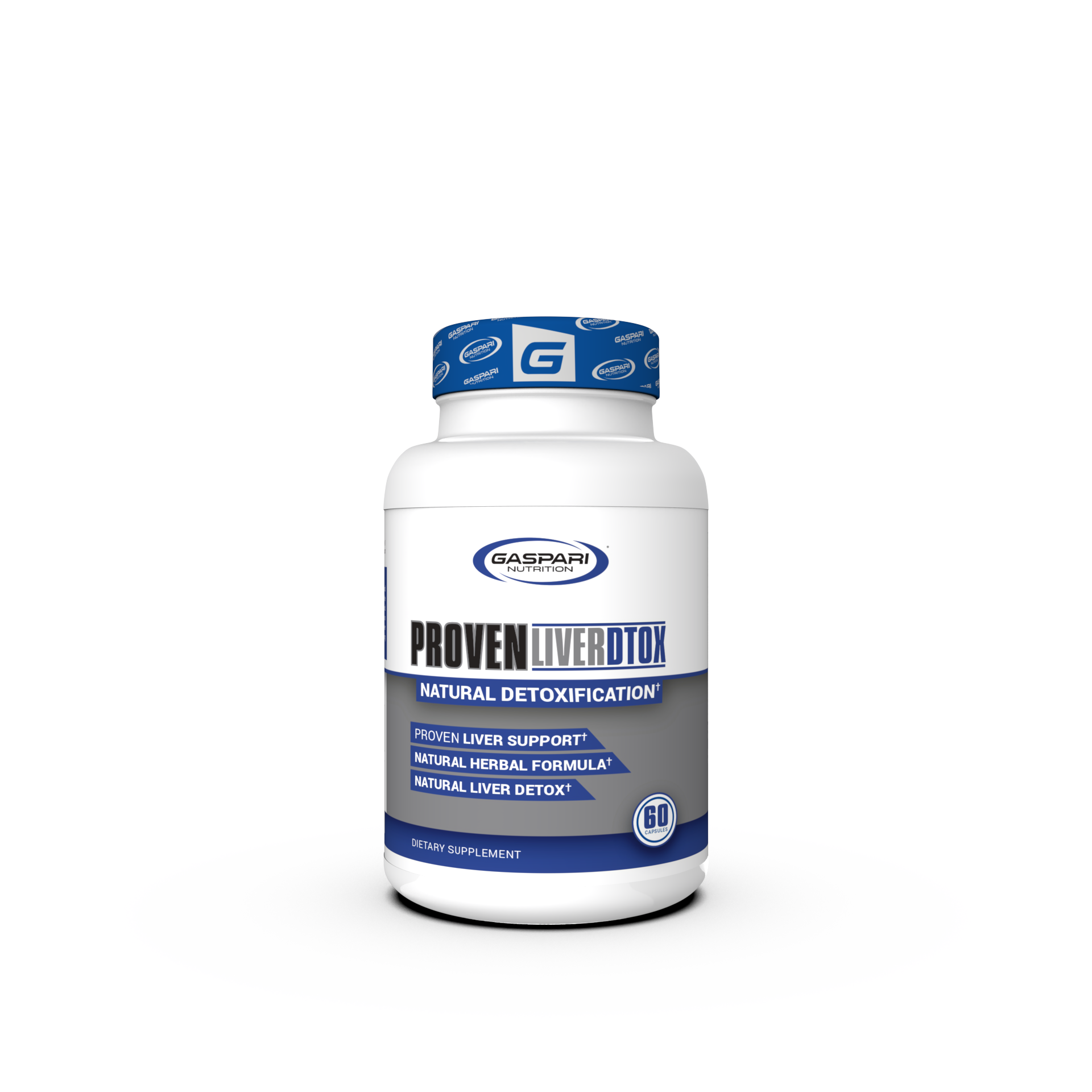

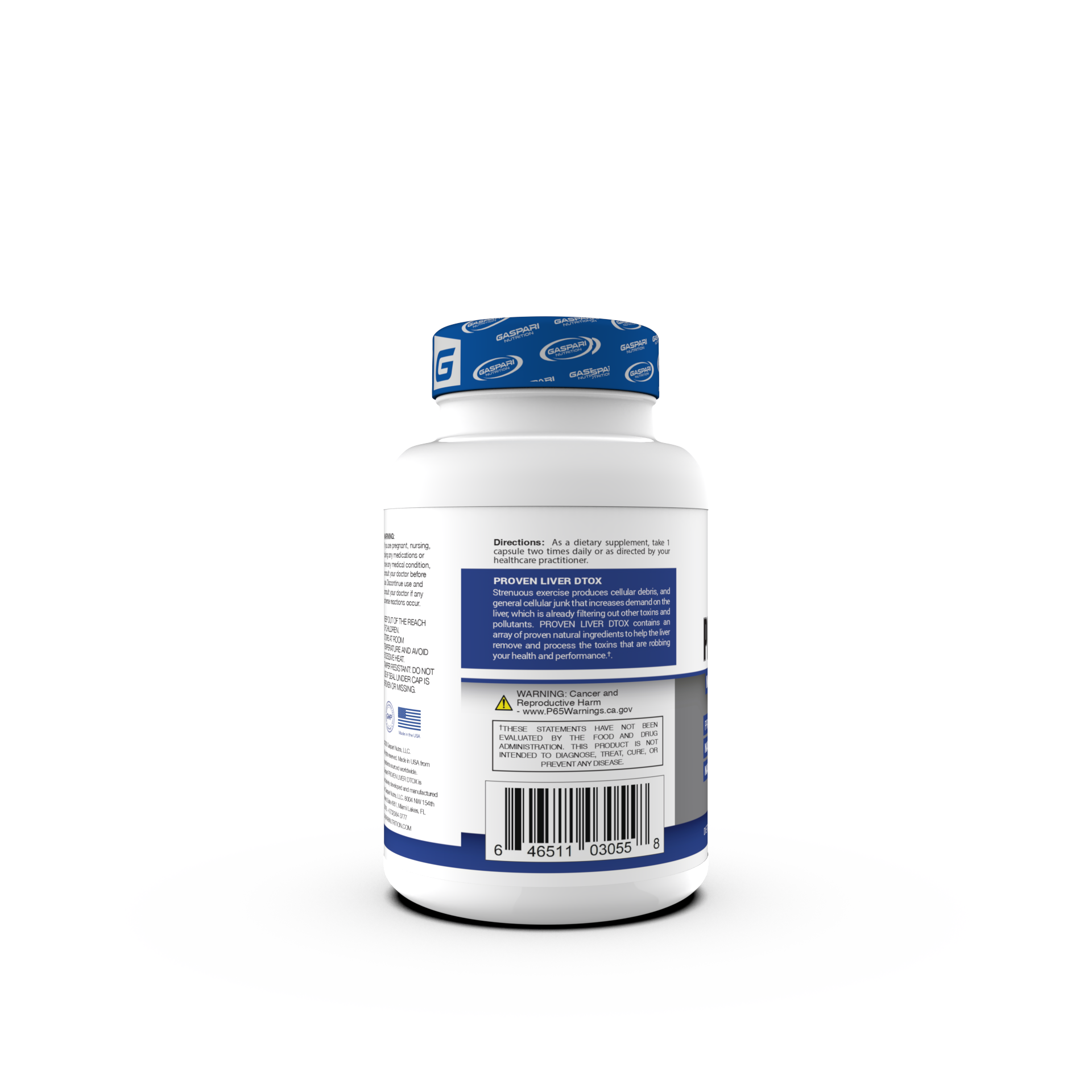
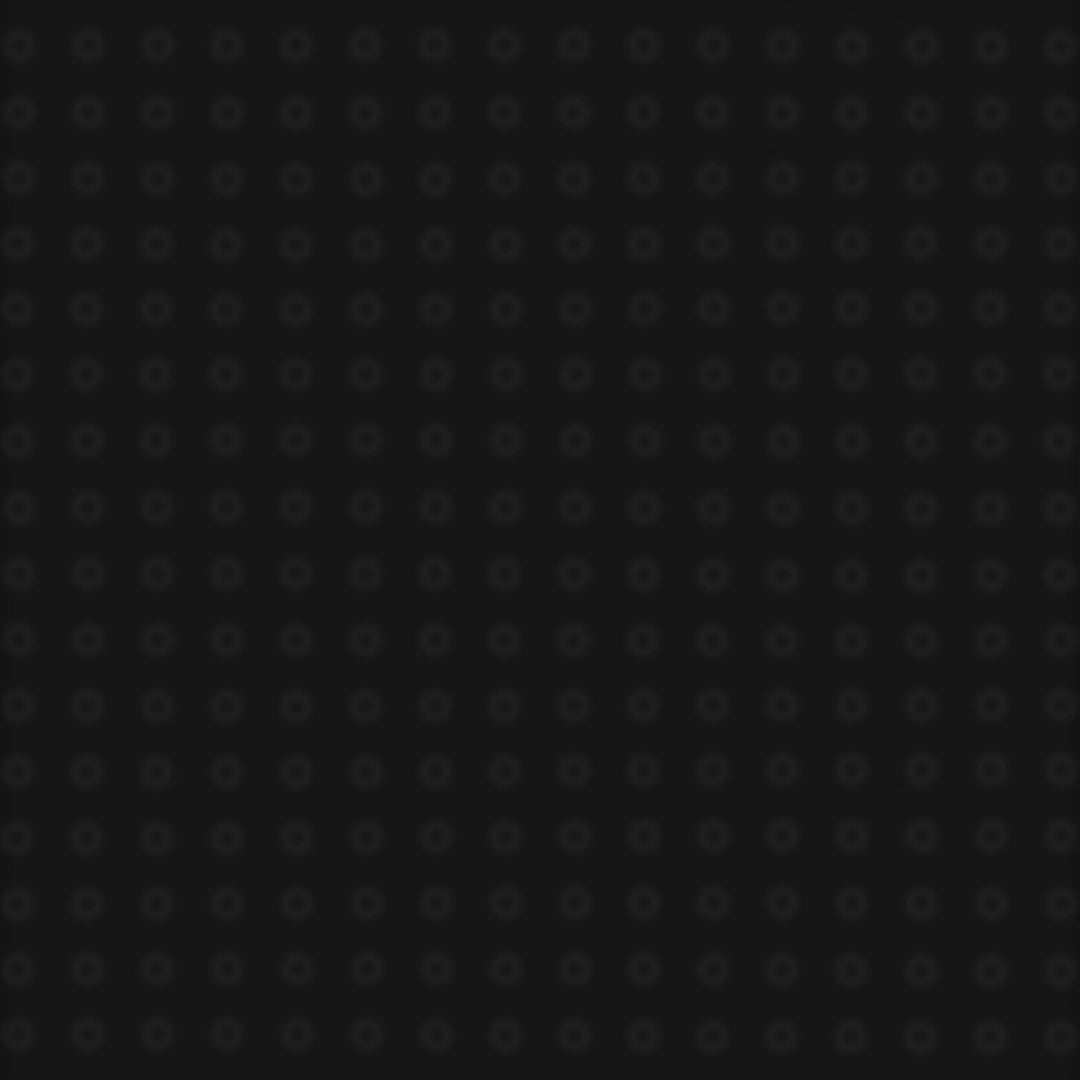
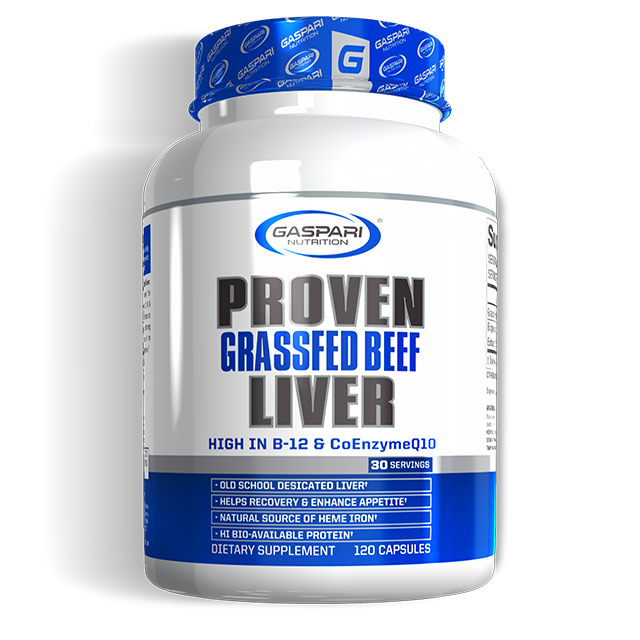





Share:
How To Lose Face Fat
Understanding the Anatomy of the Back